Waterproof vs Insulated Hunting Boots: Which Works Better for the Rainy UK Weather?
Insulated or Waterproof? Find Out Which Boots Work Best for UK Weather, Cold Feet, and Wet Conditions in Our Ultimate Winter Guide.
There’s one thing I’ve learned after years of trekking through sleet, bog, and sideways rain in the UK — wet or cold feet can ruin any outdoor adventure. Whether you're hiking the hills of Snowdonia, stalking in the Highlands, or doing winter chores around the farm, choosing the right winter footwear makes all the difference.
So the big question is:
Waterproof vs insulated boots – which works better for UK weather?
The answer? It depends. But the good news is, some brands make that decision easier — and Hillman is one of them. I’ve field-tested both of their flagship boots in the wild and wet of Britain:
-
The Aerogel 2.0 Insulated Hunting Boots are perfect when you need maximum warmth, even in freezing temperatures and deep snow.
-
The DryHunt 2.0 Waterproof Boots are brilliant when the weather is wet and wild, but not Arctic-level cold — a lightweight boot with full waterproof protection and excellent grip.
-
And no matter which pair you go for, don’t overlook the Ultrawarm Merino Hunting Socks. These aren’t just socks — they’re a serious upgrade in keeping your feet warm and dry, even on multi-hour hikes through rough terrain.
In this guide, I’ll break down the pros and cons of each type of boot, help you understand when and why to use them, and show you why the right gear — including socks — can turn miserable weather into a comfortable outing.
Understanding the UK’s Wet and Cold Weather Conditions
The UK isn’t known for its sunshine — and winter here doesn’t play nice. We deal with it all: cold winds, endless rain, frozen ground, icy trails, and that glorious mixture we call “slush.” To face this mix, you need serious weather protection — and that starts from the ground up.
The challenge? Winter boots need to fight on two fronts:
-
Keep your feet warm during cold weather or freezing stillness
-
Keep your feet dry in wet climates, marshy fields, or coastal windstorms
This is where the distinction between insulated boots and waterproof boots becomes crucial — and where Hillman’s two best models come into play. Both were built for performance in British winter conditions, but each shines in different situations. And when paired with thick, merino-rich warm socks, you’ve got a system that locks in warm air, repels moisture, and fights fatigue.
Winter Hiking Boots: Are They the All-Rounder You Need?
There’s a reason so many Brits default to a good pair of winter hiking boots when the weather turns foul. They’re versatile, tough, and often more comfortable than heavier-duty winter footwear. But are they enough to get you through a long, wet winter hike in the Brecon Beacons or across icy Yorkshire moors?
What They Do Well
-
Lightweight and agile
-
Typically include a waterproof membrane
-
Offer decent grip for rough ground and wet conditions
If you're constantly on the move and generating heat through activity, a well-made non-insulated boot with breathable materials might be all you need — especially with the right warm socks to manage moisture and warmth.
Hillman’s DryHunt 2.0 Waterproof Boots, for example, tick many of these boxes — lightweight, fully waterproof, and rugged enough for most winter trails. They’re a solid choice for anyone who values mobility and dryness over deep insulation.
What Exactly Are Insulated Boots?
When standing still in cold air or snow, things change. That’s where insulated boots come in — designed to help your body retain heat rather than constantly generate it. They typically use synthetic insulation like Aerogel, fleece linings, or quilted interiors to trap warm air close to the foot.
Ideal for:
-
Sitting still for long periods (e.g., hunting or wildlife watching)
-
Winter chores around the property
-
Trekking through deep snow or freezing temperatures
If you’re someone who feels the cold or spends time in extreme conditions, these boots offer a real edge. I’ve used Hillman’s Aerogel 2.0 Insulated Boots in freezing wind with frost underfoot, and I could feel the difference — not just in warmth, but in how they stayed dry and breathable, even in wet snow.
Paired with merino socks and insulated hunting pants, they’re an excellent choice for anyone facing cold conditions where staying warm matters just as much as staying upright.
Rain Boot – Is It Really Enough?
Ah, the classic rain boot — every Brit has a pair somewhere by the door. They're brilliant for wet weather, no doubt about it. Whether you're crossing a muddy paddock or splashing through town in the drizzle, they keep your feet dry like nothing else.
But when it comes to longer treks, winter hiking, or exposure to cold weather, standard wellies just don’t cut it.
Where They Fall Short
-
No insulation – your feet get cold fast
-
Minimal ankle support, especially on uneven terrain
-
Poor grip on slippery ground or frozen mud
-
Not designed for comfort over long distances
If your day involves a 10-minute dog walk, they’re fine. But if you're headed for the fells or plan to be outside in freezing temperatures, you’ll need something with more protection and warmth. That’s where a winter hiking boot or insulated outdoor footwear comes into its own.
Women’s Winter Boots: What to Look for in UK Conditions
Now, a word to the ladies — choosing proper women’s winter boots can be tricky when so many on the market prioritize looks over performance. You want something warm, waterproof, stable, and suitable for wet conditions, not just fashionable around town.
Look for boots with:
-
Durable materials and waterproof membrane
-
Good insulation for decent warmth
-
Flexible soles and proper shock absorption
-
Rugged grip for slippery terrain
-
Compatibility with thick socks without cramping your toes
Hillman’s boots, while not branded specifically as women’s boots, are unisex by design. I’ve seen plenty of women in the field choose models like the DryHunt 2.0 Waterproof Boot for its lightweight structure and secure fit. Paired with the right merino socks, they deliver warmth and confidence — even through snow and bog.
The key is to size properly and ensure comfort. Don’t let labels stop you from wearing the hunting gear and clothes actually works in the field.
Extreme Cold: When Insulation Matters Most
When the mercury drops and your breath turns to mist, regular boots simply don’t cut it. In extreme cold, you need purpose-built gear to keep your feet warm without trapping too much moisture.
That’s the tricky balance: if your boots are too warm, your feet sweat; too cold, and you're in pain. The goal is to retain heat while still allowing airflow — and that’s where advanced materials like synthetic insulation and fleece lining come into play.
What You Want in Extreme Cold Boots:
-
Properly insulated boot features, like Aerogel or Primaloft
-
Water-repellent outer layer
-
Shock-absorbing soles for rough ground
-
Interior space for warm socks or thick socks without feeling tight
-
Reliable performance even when standing still for long periods
Many of today’s insulated work boots also double up well for winter hiking and chores — especially when they combine safety with comfort and cold resistance. In my experience, the Aerogel 2.0 Boots from Hillman strike this balance well — I’ve worn them in freezing temperatures, through wet environments, and even across snow-dusted moors. With wool base layers, they’ve kept me dry, warm, and comfortable for hours.
Do You Need Ankle Support in Winter?
It might not be the first thing that comes to mind, but solid ankle support is critical when navigating rough ground, slippery terrain, or uneven trails buried in frost.
In summer, a bit of wobble isn’t much of a threat. But in winter conditions, when one bad step could mean a twisted joint in sub-zero temps, ankle stability becomes essential.
Look for Snow Boots That Offer:
-
Mid-to-high shaft construction
-
Supportive but flexible soles
-
Padded collars that don’t restrict movement
-
Shock absorption in the midsole for all-day wear
Both the Aerogel 2.0 and DryHunt 2.0 boots from Hillman offer just the right amount of support — enough to keep your ankles stable, without the bulk that makes walking feel like a chore.
If you’re carrying a hunting backpack or crossing unpredictable ground, trust me: your ankles will thank you for the extra structure.
Don’t Underestimate Warm Socks
You could be wearing the best winter boots on the market, but if your socks are rubbish, your toes will still freeze. I’ve lost count of how many folks blame their boots when in reality it’s the thin cotton socks that are letting them down.
Why Socks Matter
-
They help regulate temperature
-
They wick moisture and prevent feet from sweat
-
They provide cushioning and improve boot fit
-
They help your boots retain heat, especially in extreme cold
I recommend wearing thick socks made from merino wool, like Hillman’s Ultrawarm Merino Hunting Socks. They work brilliantly in both insulated hunting boots and non-insulated boots because they adjust to your body’s heat and activity level.
Think of them as your first line of defense. Without good socks, even the finest outdoor footwear can fail you.
Non-Insulated Boots: Are They a Viable Choice in the UK?
Let’s be honest — noninsulated boots get a bad rap when it comes to UK weather. People hear “non-insulated” and assume “cold.” But that’s not always the case.
If you’re constantly on the move — think brisk winter hiking, dog walking, or lowland stalking — your body will generate enough warm air to stay comfortable without the need for heavy lining.
When to Choose Non-Insulated:
-
Warmer winter days or wet climates with mild cold
-
If you tend to overheat easily or have naturally warm feet
-
For activities where you’re always in motion
-
When paired with warm socks, especially merino or thermal blends
Boots like the DryHunt 2.0 Waterproof Boot are excellent examples of breathable, lightest boot options that still provide full waterproof protection and shock absorption — ideal for the hunter or hiker who prefers flexibility over bulk.
Sometimes, less insulation equals more comfort — if you’re active enough to earn your heat.
Navigating Rough Ground in Wet Conditions
There’s nothing worse than having to second-guess every step because your boots can’t handle the terrain. In the UK, rough ground isn’t hard to find — bogs, brambles, icy patches, and everything in between.
Whether you're crossing slippery terrain on a woodland trail or negotiating rocks on a misty fellside, you need:
-
Rugged soles with aggressive tread
-
Mid-height shafts for ankle stability
-
Shock absorption to reduce fatigue on long walks
-
A stable platform, especially in wet conditions
Both Hillman’s Aerogel™ and DryHunt™ hunting boots offer Vibram traction and confidence underfoot, without the heaviness of traditional heavy duty boots. You want to focus on the landscape, not on what’s happening inside your boots.
The better your traction, the longer you’ll last out there — and that’s the kind of confidence every winter adventurer deserves.
Comparing Insulated Boots and Rain Boots Side by Side
On paper, both insulated winter boots and rain boots promise to keep your feet dry and warm. But that’s about where the similarities end. Let’s break down how they actually perform when you're out in the wild — or just the local woodlands on a damp February morning.
|
Feature |
Rain Boot |
Insulated Boot |
|---|---|---|
|
Waterproof Protection |
✅ Excellent |
✅ Excellent |
|
Warmth in Cold Weather |
❌ Minimal |
✅ Built-in insulation |
|
Traction on Slippery Ground |
❌ Often basic |
✅ Designed for grip |
|
Comfort for Long Walks |
❌ Low |
✅ High (when well-fitted) |
|
Use in Snow / Ice |
❌ Not ideal |
✅ Excellent |
|
Shock Absorption |
❌ None |
✅ Often included |
|
Boot Features |
Simple |
Advanced (liners, support, etc.) |
Verdict: If you’re walking to the postbox or doing a bit of gardening in the rain, a rain boot is fine. But for everything else — long walks, cold conditions, deep snow, or hiking trips — well-built insulated snow boots give you the edge in comfort and safety.
Winter Footwear Materials That Really Work
Not all winter footwear is created equal — and the materials used make a world of difference when it comes to weather protection, comfort, and durability.
Common Boot Materials (and How They Perform):
-
Leather boots – classic, durable, naturally water-resistant when treated, but heavy and require maintenance
-
Synthetic uppers – lighter, often waterproof, and better for active movement
-
Rubber shells – great for wet ground, but not breathable
-
Rubber sole – great for waterproofing and grip, though less breathable; best paired with insulating linings for comfort in cold.
-
Quilted nylon & fleece linings – excellent for insulation and comfort inside the boot
Hillman’s winter boots smartly blend these technologies. The Aerogel full-grain leather boots use cutting-edge synthetic insulation while maintaining structure and waterproof protection on the outside. You get warmth without sacrificing mobility.
Choose your materials based on what you'll be facing — if it’s wet environments, go waterproof. If it’s cold conditions, prioritise insulated hunting equipment. If it’s both? Get men's winter boots that can do both — like Hillman’s hybrid models.
The Role of Thick Soles in Cold and Wet Weather
It’s easy to overlook the sole of a boot — until you step in a puddle and feel the cold seep up through the bottom. In wet climates like the UK, your outsole matters just as much as the upper.
Why Thick Soles Matter:
-
Provide a barrier between your foot and cold, wet ground
-
Enhance shock absorption for long walks on rough ground
-
Add stability on slippery terrain
-
Work with flexible soles to balance comfort and grip
Both of Hillman’s featured models — the DryHunt™ Waterproof Boot and the Aerogel Insulated snow boot — are built with rugged soles and multi-directional grip, designed for British conditions and the harshest hunting seasons. They don’t just help you stay upright — they help you last longer on your feet, no matter the terrain.
Pair those thick soles with warm socks, and your feet stay dry and insulated from both above and below.
Are Hiking Boots Good Enough for UK Winters?
Plenty of folks ask me if their trusty hiking boots are enough for British winters. The short answer? Sometimes. But it depends on where you're going and what you're facing.
When Hiking Boots Can Work:
-
On mild winter days with no snow
-
For winter hiking in drier areas like the South Downs
-
If you’re constantly on the move and don’t need deep insulation
But most hiking boots aren’t designed for freezing temperatures, wet environments, or standing still in cold air. They often lack proper weather protection, insulation, or thick soles needed to stay warm when the mercury dips.
That’s where hybrid boots like Hillman’s DryHunt 2.0 really earn their keep — built with the mobility of a hiker but the waterproofing and structure of a winter boot. They're ideal for those who like to move light but stay dry.
The Best Boots for Deep Snow and Slippery Terrain
If you’ve ever stepped off a snowy trail and suddenly found yourself knee-deep in a drift, you’ll know: that not all boots can handle deep snow.
Likewise, slippery terrain — be it icy rocks, frozen mud, or rain-slicked paths — demands rugged soles, proper fit, and serious grip.
What to Look for:
-
Aggressive tread pattern (like a Vibram sole)
-
High shaft to keep out snow and slush
-
Insulated lining for decent warmth
-
Strong ankle support and stability
-
Solid waterproofing for prolonged exposure
Hillman’s Aerogel 2.0 Boot handles snow boots territory better than many bulkier models. Its insulation tech keeps your feet warm while the design prevents wet feet, even after hours of movement through winter conditions.
If your winter hunting plans include hills, snow, or unpredictable terrain, don’t gamble — choose gear that’s proven to handle it.
Flexible Soles vs Stiff Soles: What Works Best?
Boots aren’t just about what's on top — the sole makes all the difference in how your body feels after a long day out. And when it comes to winter hiking, there's a constant debate: flexible soles or stiff ones?
Flexible Soles
✅ Great for agility and comfort
✅ Ideal for walking boots, winter chores, and low-intensity treks
✅ Allow for natural foot movement over varied terrain
Stiff Soles
✅ Provide support under load (like carrying a pack)
✅ Better for uneven or rough ground
✅ Reduce fatigue over long distances, especially on rocky trails
The key is balance. Too stiff and your stride feels unnatural. Too flexible and you risk shock absorption issues or ankle strain.
Hillman’s boots strike that balance well — offering flexibility in the right places while still delivering the boot features (like a stable platform and solid grip) that make a difference in wet climates and slippery terrain.
Understanding Waterproof Protection in UK Boots & Gear
Let’s face it — waterproof protection is non-negotiable in this part of the world. With sudden rain, soggy footpaths, and wet ground almost year-round, your hunting boots and clothes must keep moisture out while allowing your feet to breathe.
What Makes a Boot Waterproof:
-
A proper waterproof membrane (not just a coating!)
-
Seam-sealed construction
-
Tongue design that prevents water ingress
-
Durable outer materials that resist saturation
Many brands advertise “water resistance,” but that often means they’ll hold up for 30 minutes in drizzle — not a 4-hour hike in sideways rain.
Hillman’s DryHunt 2.0 Waterproof Boot is a solid example of doing it right: it combines membrane-level protection with breathable materials that don’t trap sweat. That means feet dry, even in wet environments, and comfortable boots that can handle a full day on the move.
Wet Feet and Cold Conditions: The Worst Combo
Nothing ruins a good winter day outdoors like wet feet. Combine that with cold weather, and you’ve got a recipe for misery — or worse, hypothermia.
Why Wet + Cold Is So Dangerous:
-
Moisture pulls heat away from the body 25x faster than air
-
Wet socks cause friction and blisters
-
Cold, damp skin reduces circulation and comfort
-
Once your core starts cooling, your body burns energy just to stay warm
Even if your boots are warm, once they let water in, it’s game over. That’s why waterproof boots aren’t just nice to have — they’re essential in UK weather conditions.
The Fix?
Start with breathable, Merino Hunting Socks to manage moisture, then build out with reliable hunting mid-layers and footwear like the DryHunt™ or Aerogel™ boots from Hillman. Designed for wet conditions, they keep your feet dry and warm, even when the rest of the trail is waterlogged.
Final Thoughts: Which Boots Work Best for UK Weather?
So, when it comes to waterproof vs insulated boots – which works better for UK weather? It depends on your terrain, your activity level, and how your body handles the cold.
-
For high activity, wet weather, and mild cold: Go for a lightweight, breathable option like the DryHunt 2.0 Waterproof Boot
-
For low activity, snow, and extreme cold: Opt for the Aerogel 2.0 Winter Boot — one of the best men's winter boots I’ve tested in deep snow and icy weather.
-
For any winter setup: Add the Ultrawarm Merino Hunting Socks to complete your kit
-
Bonus points if your boots have a bungee lacing system — they save time and adjust easily when you’re layering up with thick socks.
While popular boots like the Merrell Thermo Chill have earned their place in the winter boot world, I find Hillman’s Aerogel and DryHunt offer a better balance between warmth, waterproofing, and durability for UK terrain. These boots aren’t just made for countryside walks — they’ve handled frosty ski resorts, frozen hillsides, and windy cliffs without missing a step. You don’t need ten pairs of boots — you just need the right ones for the job.
So next time you lace up, ask yourself: Am I prepared for what the UK will throw at me today?













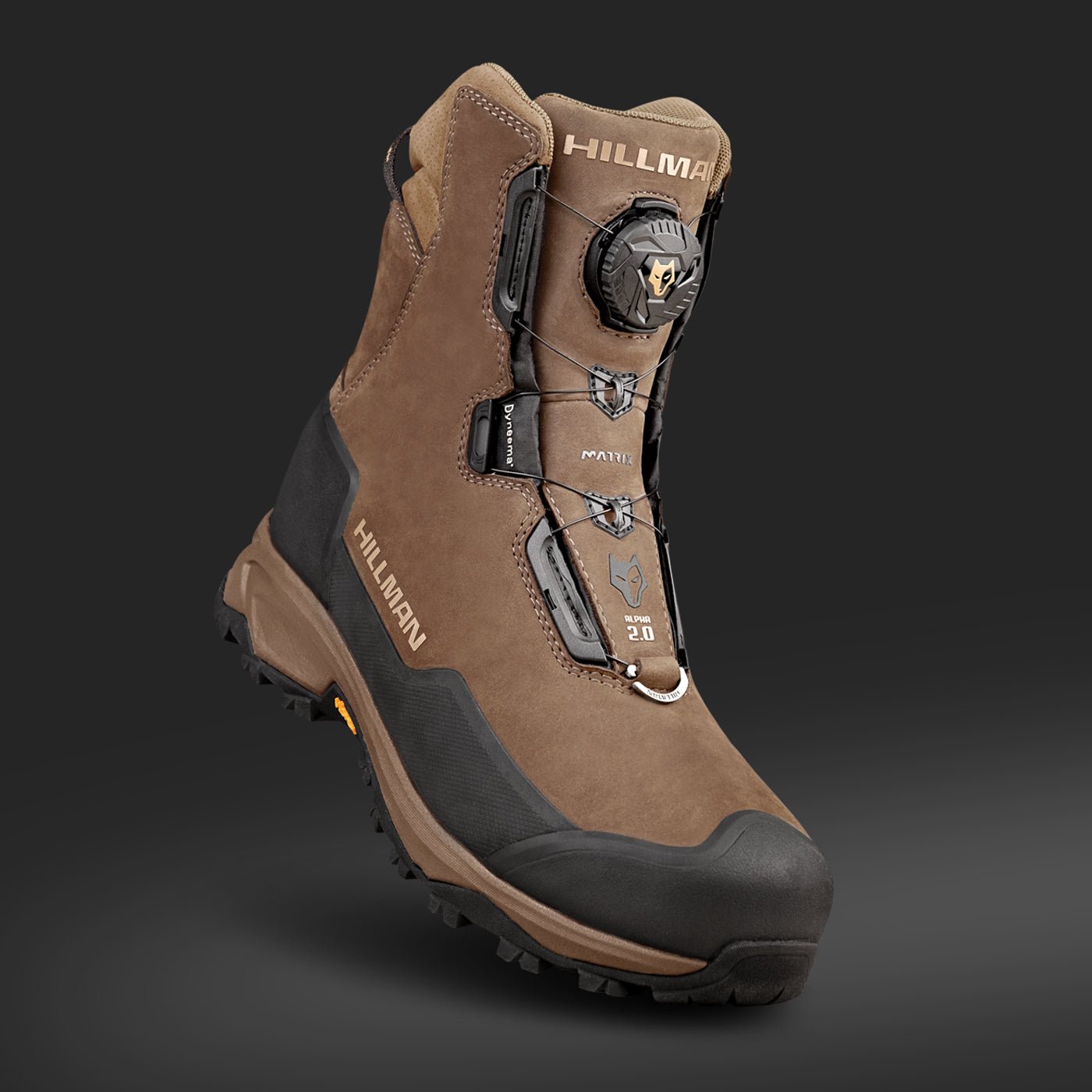

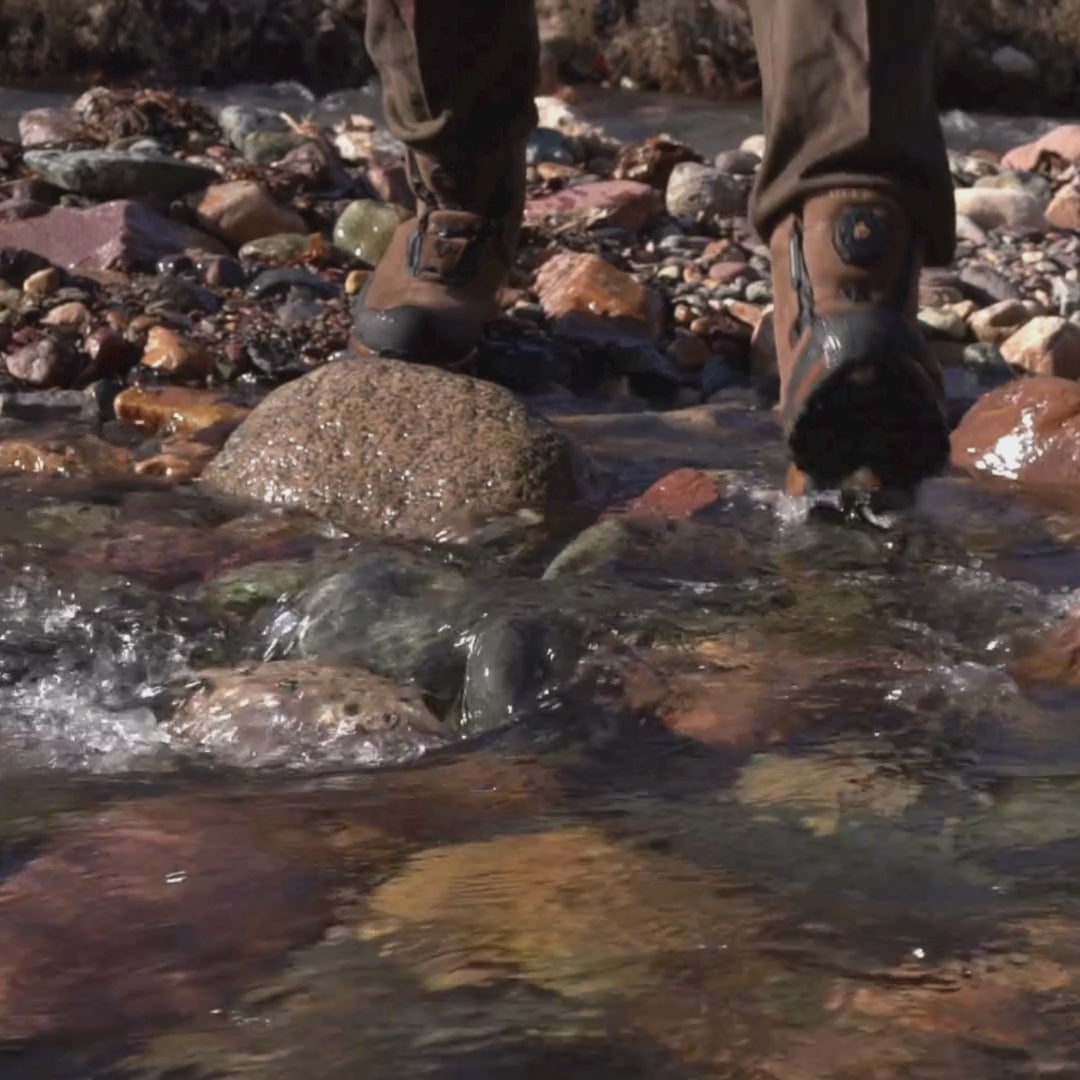
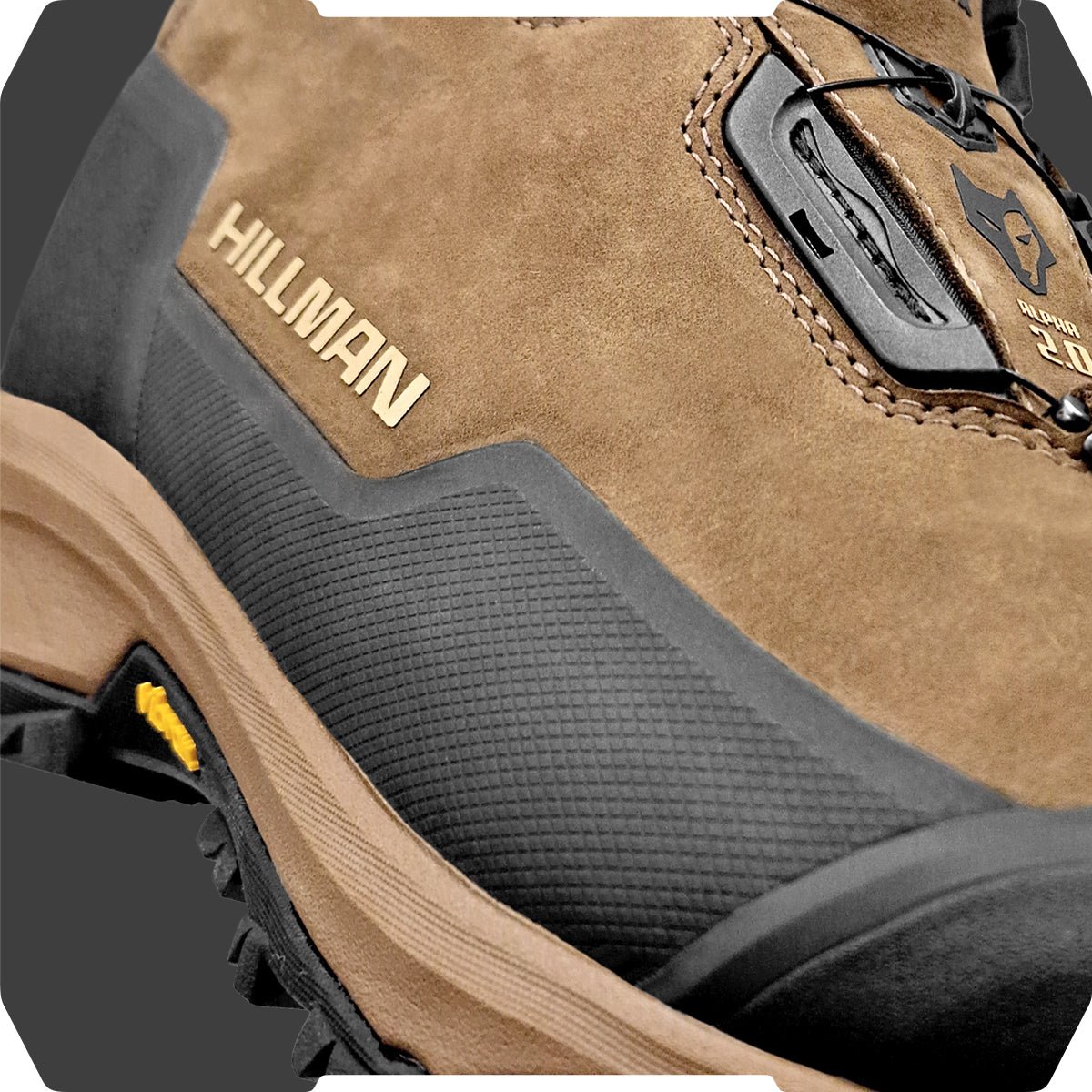
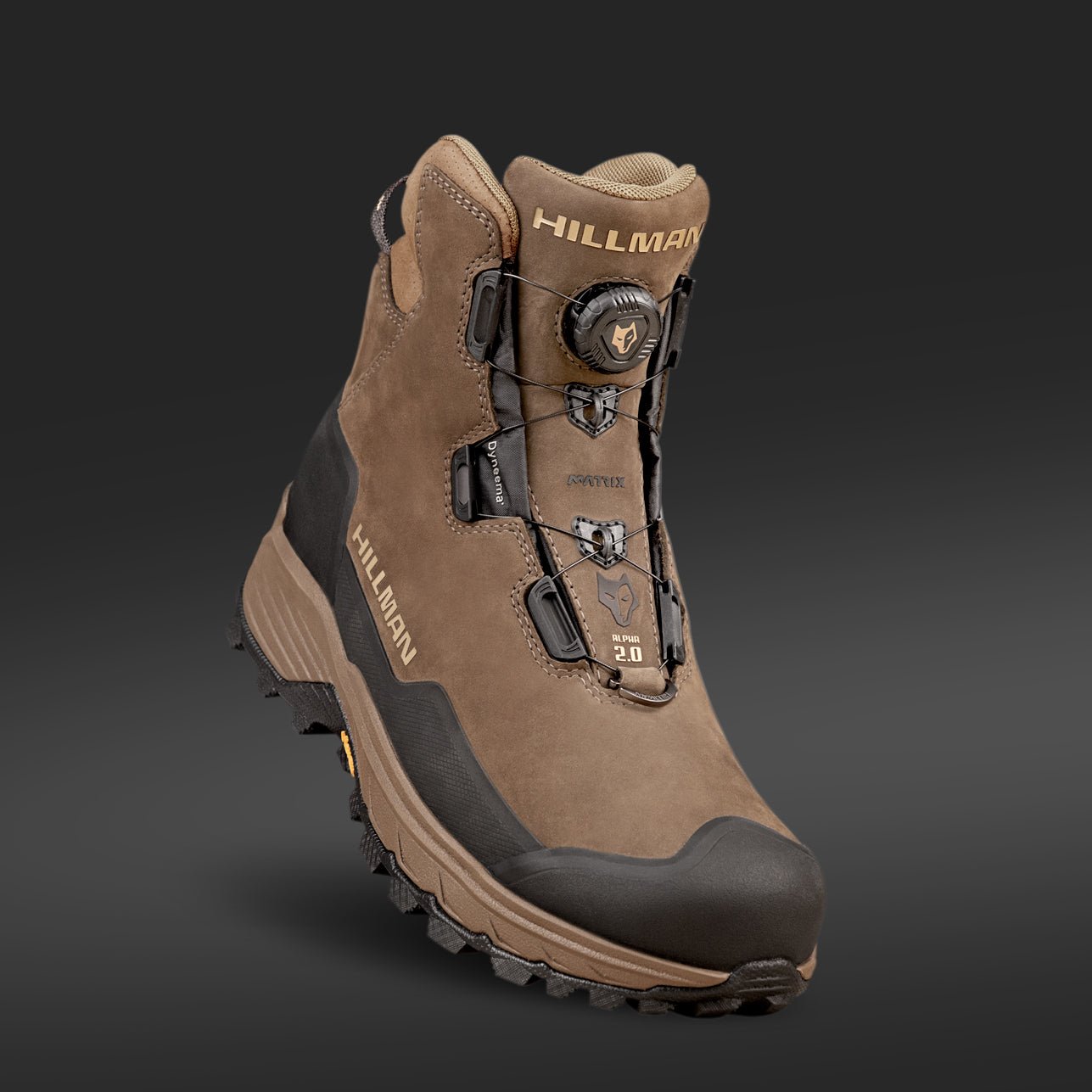
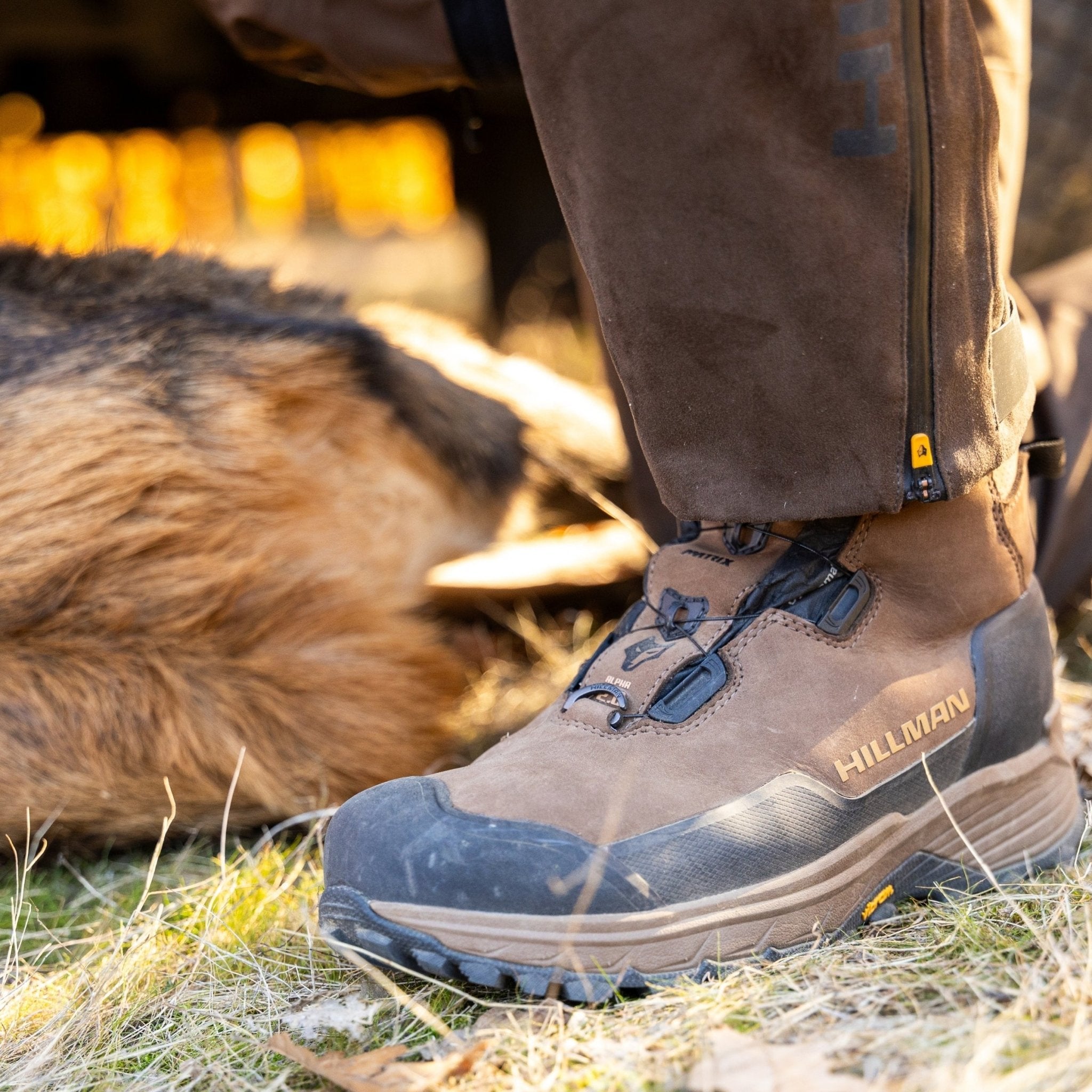

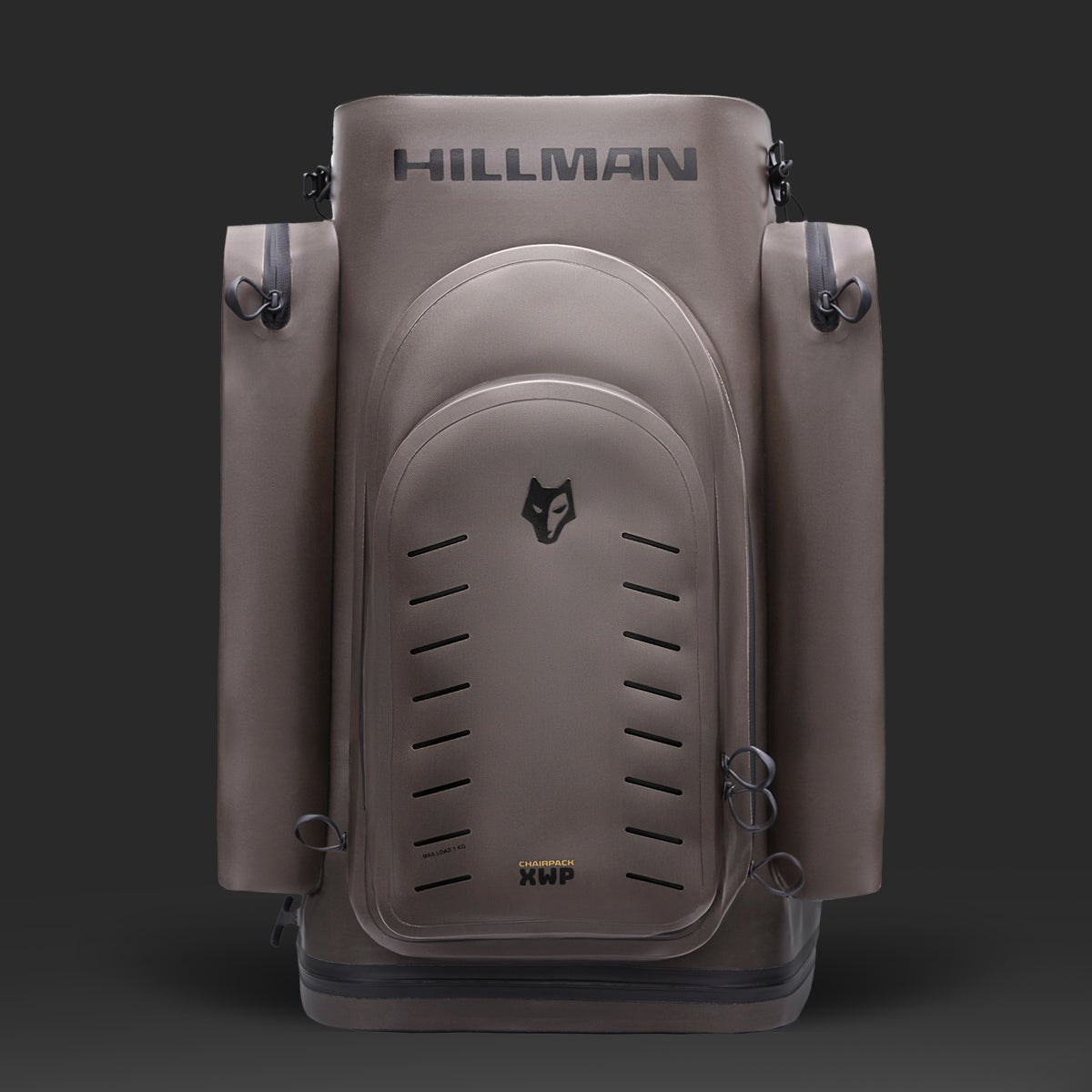
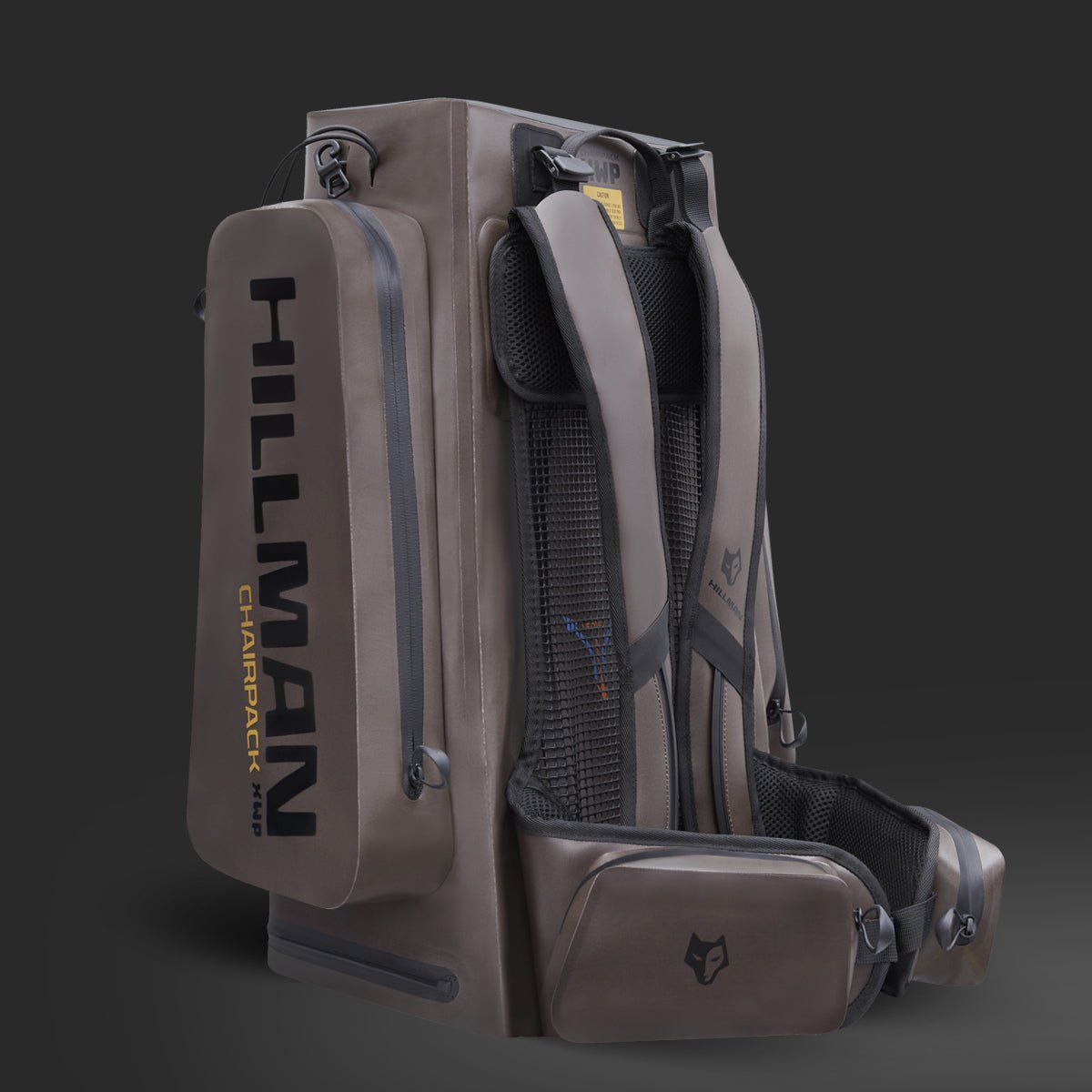

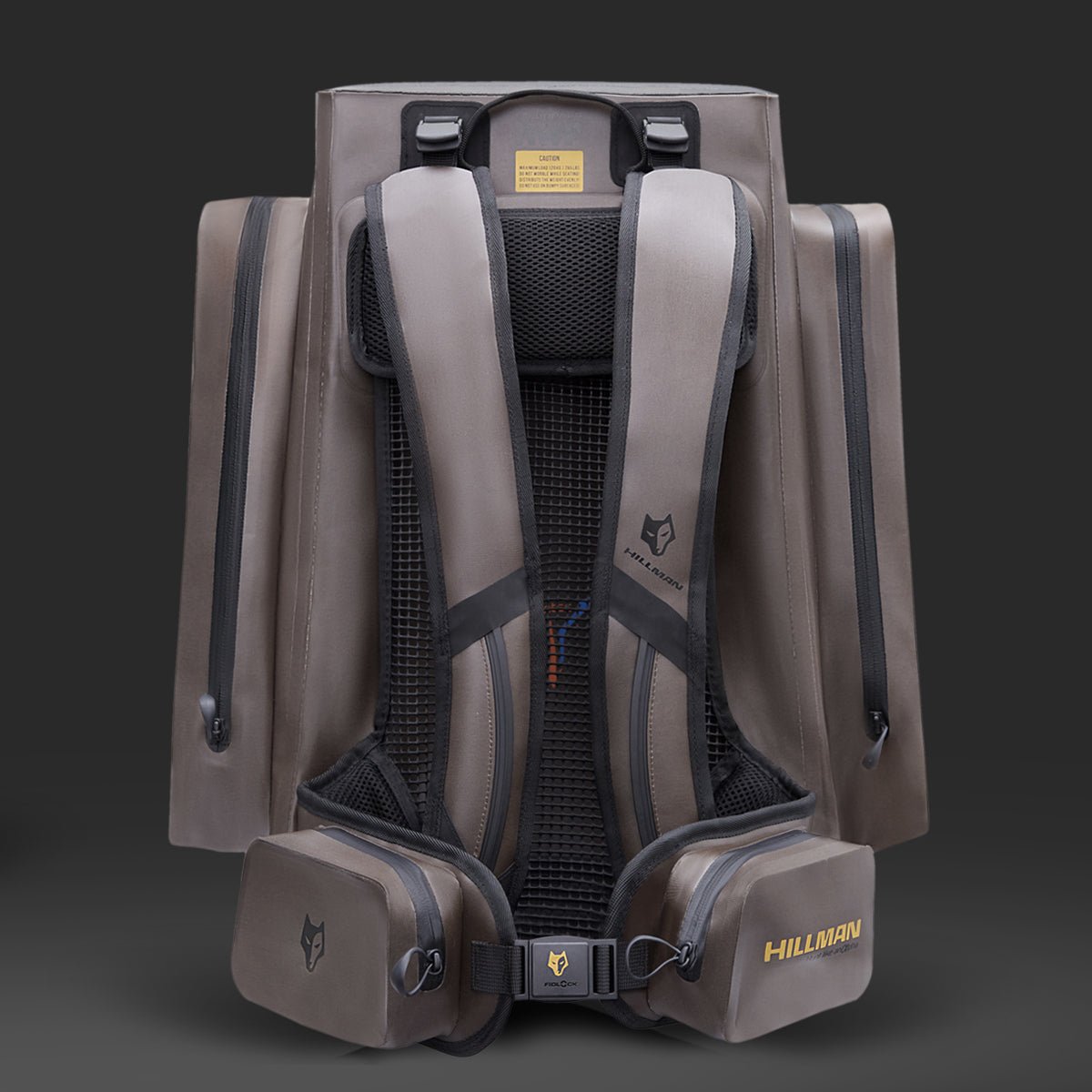
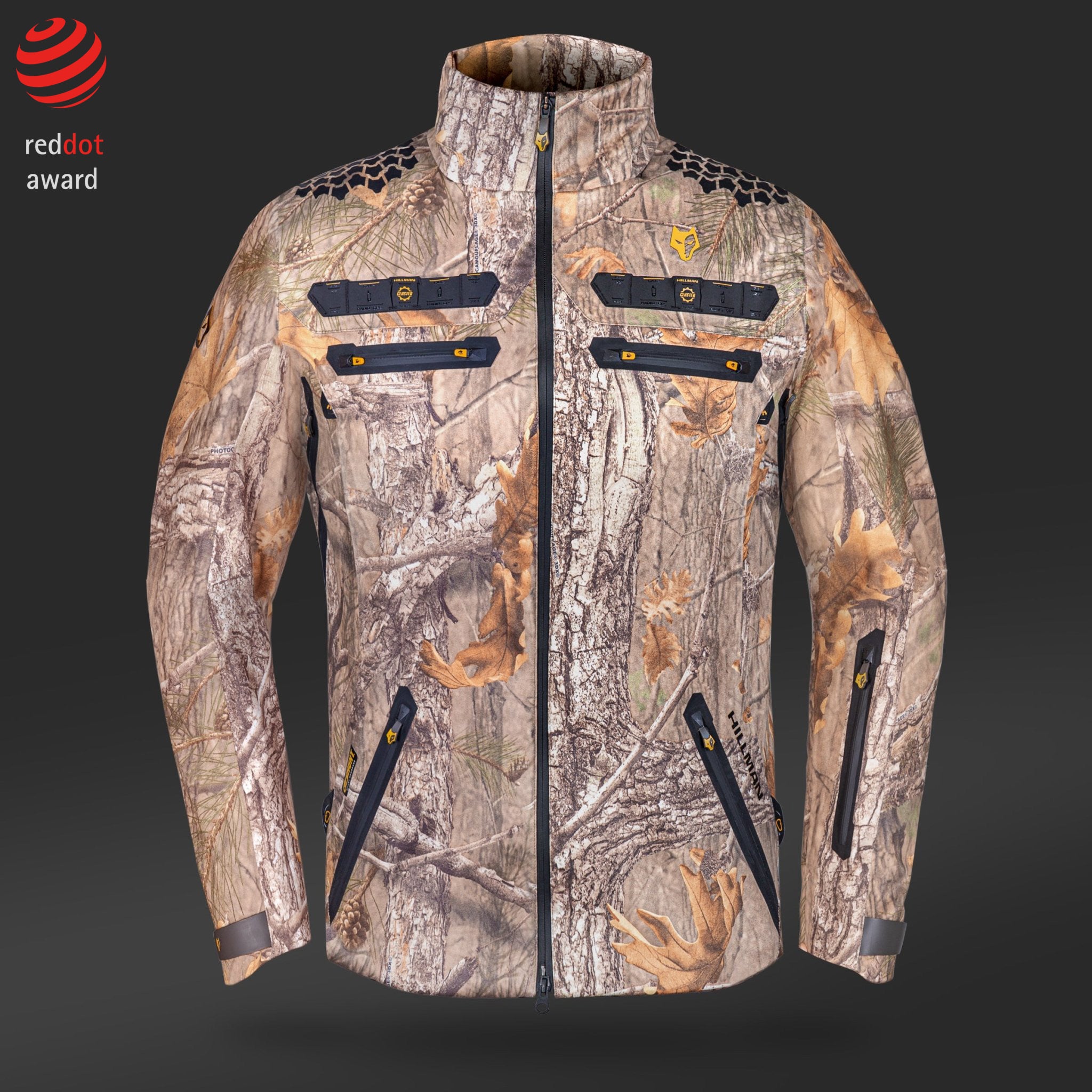
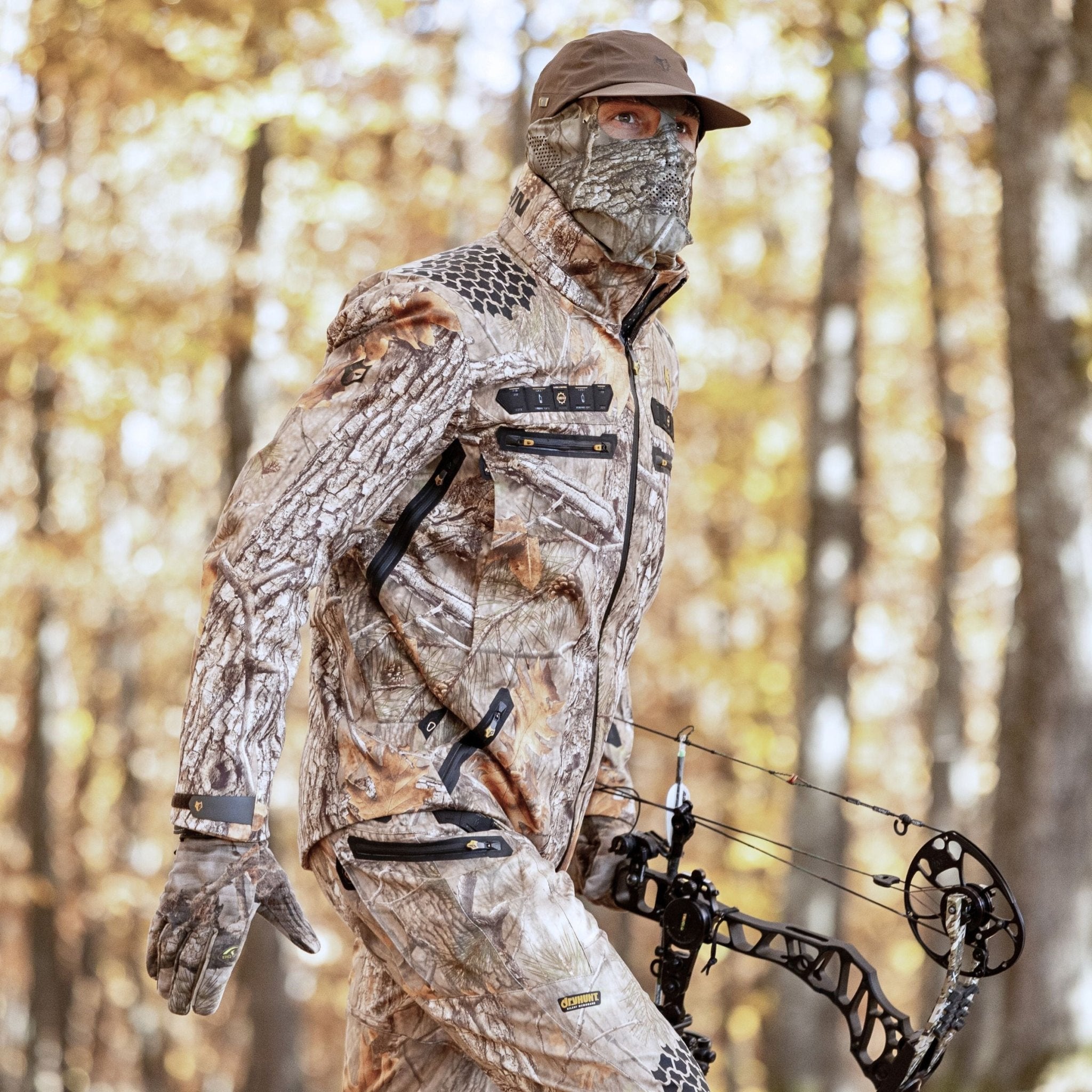
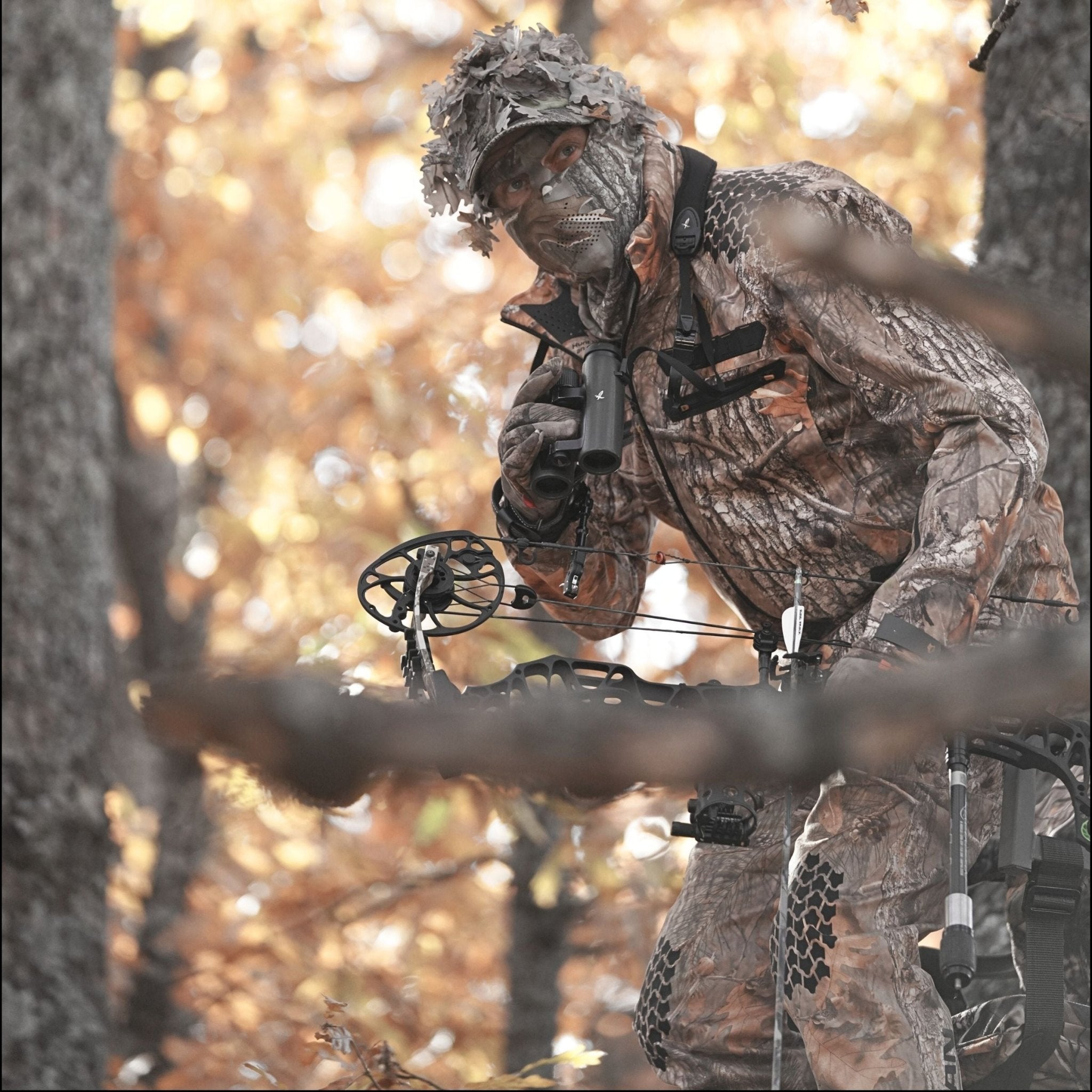
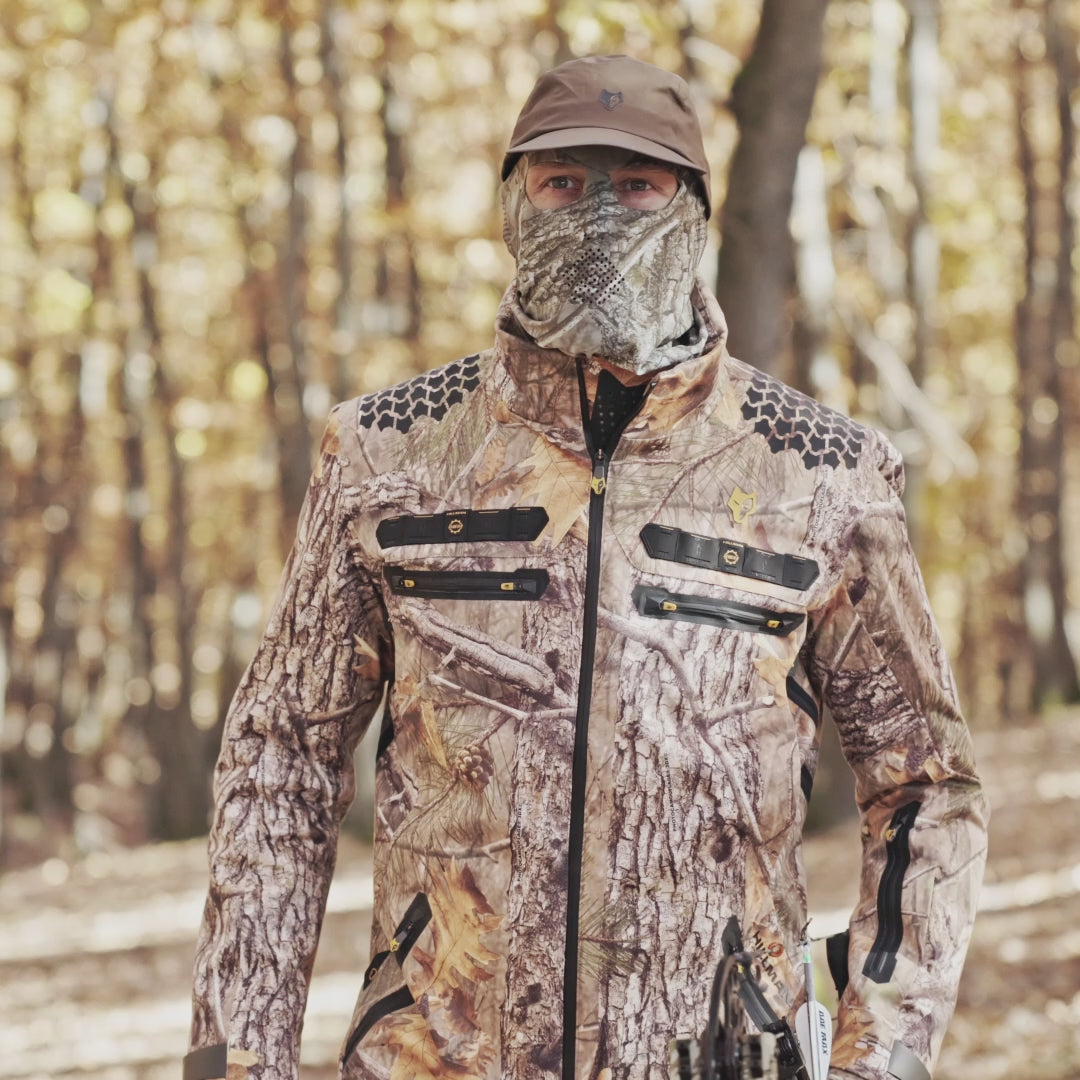

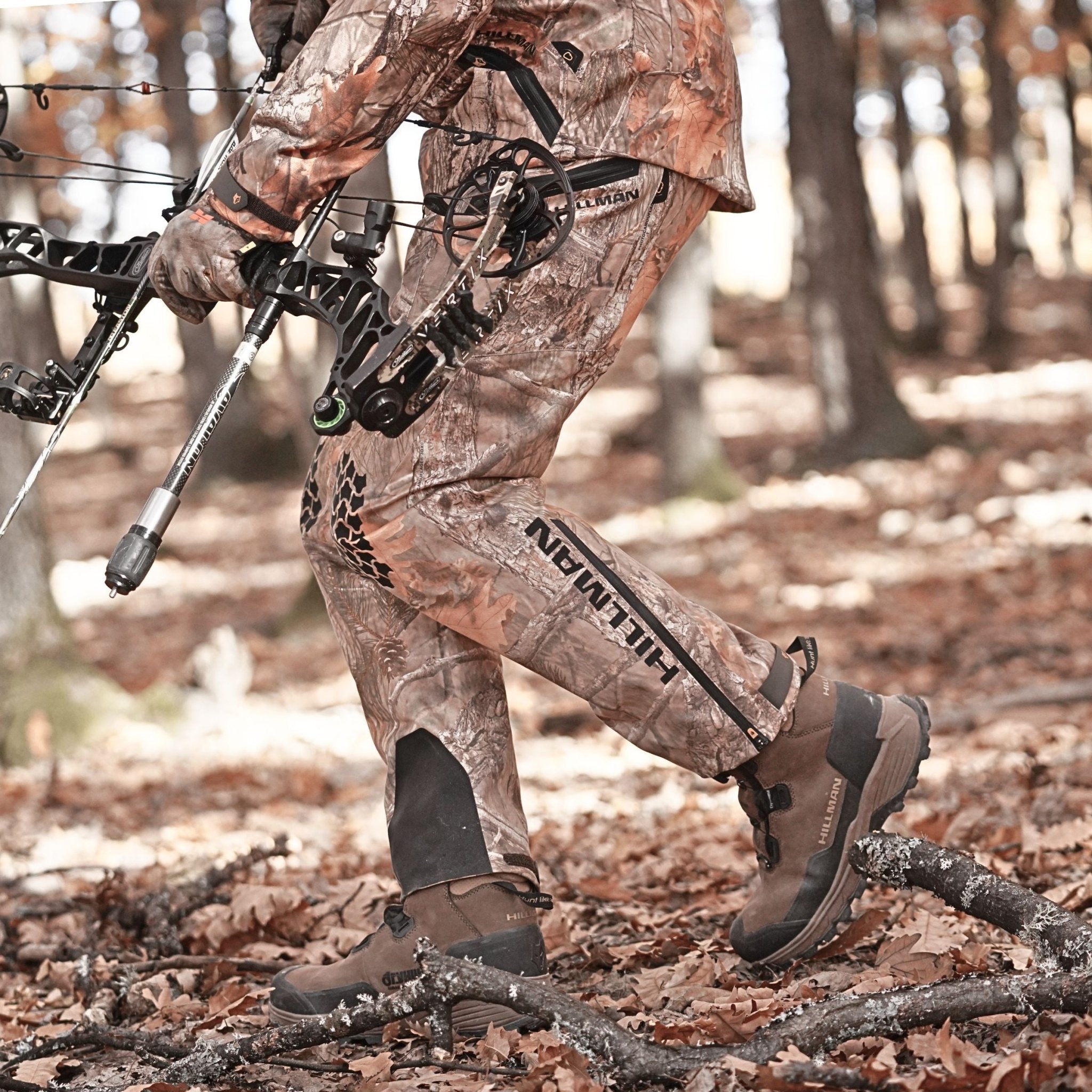
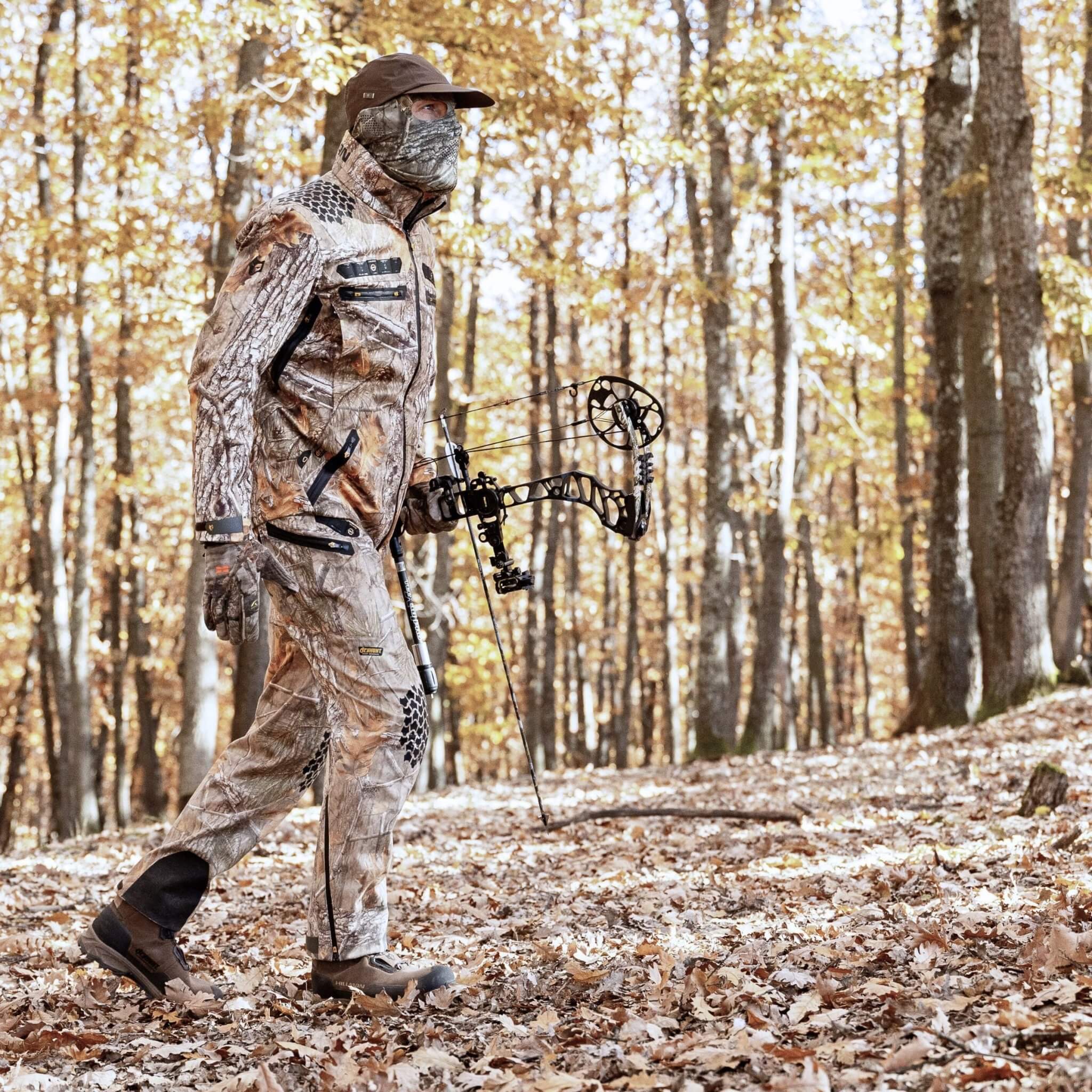

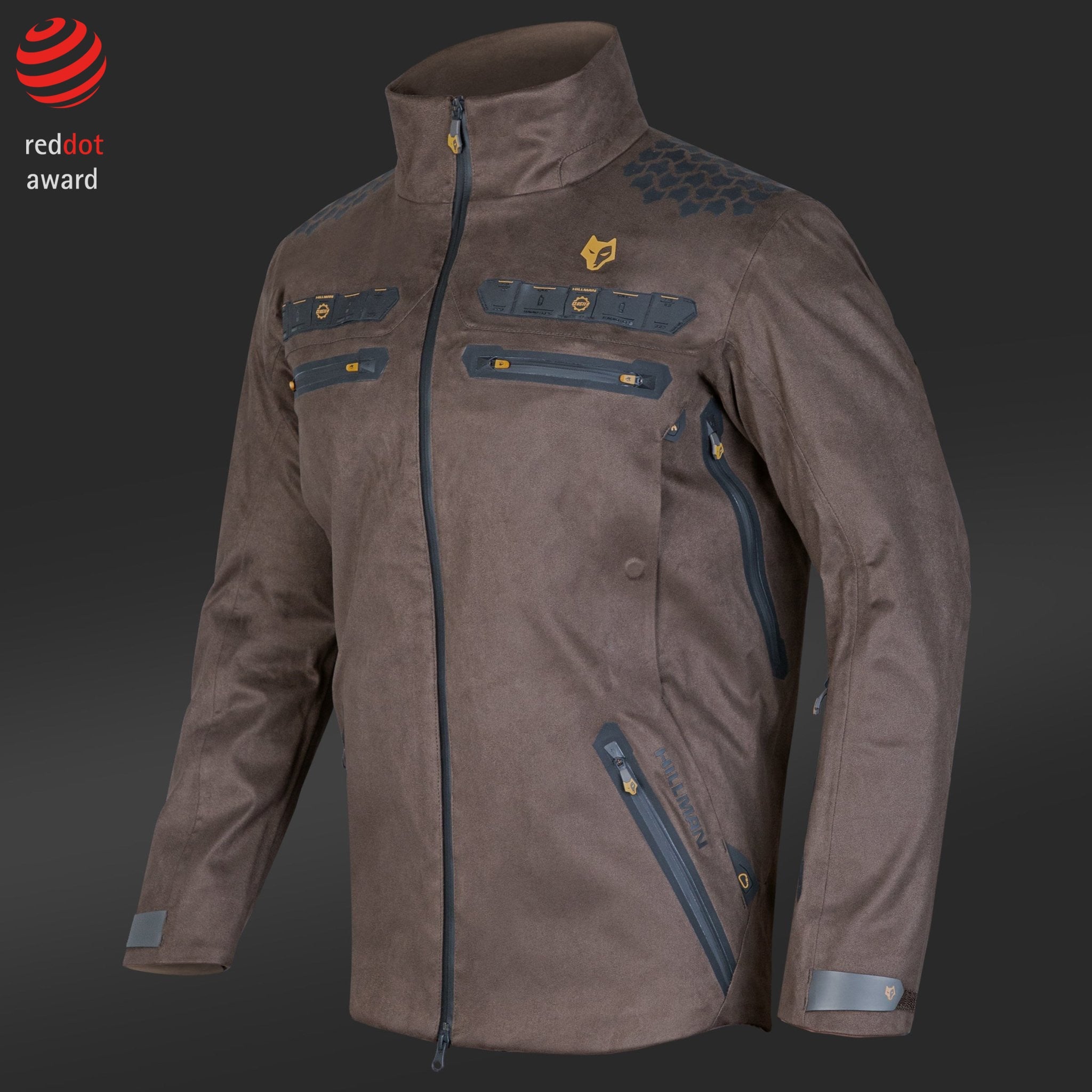

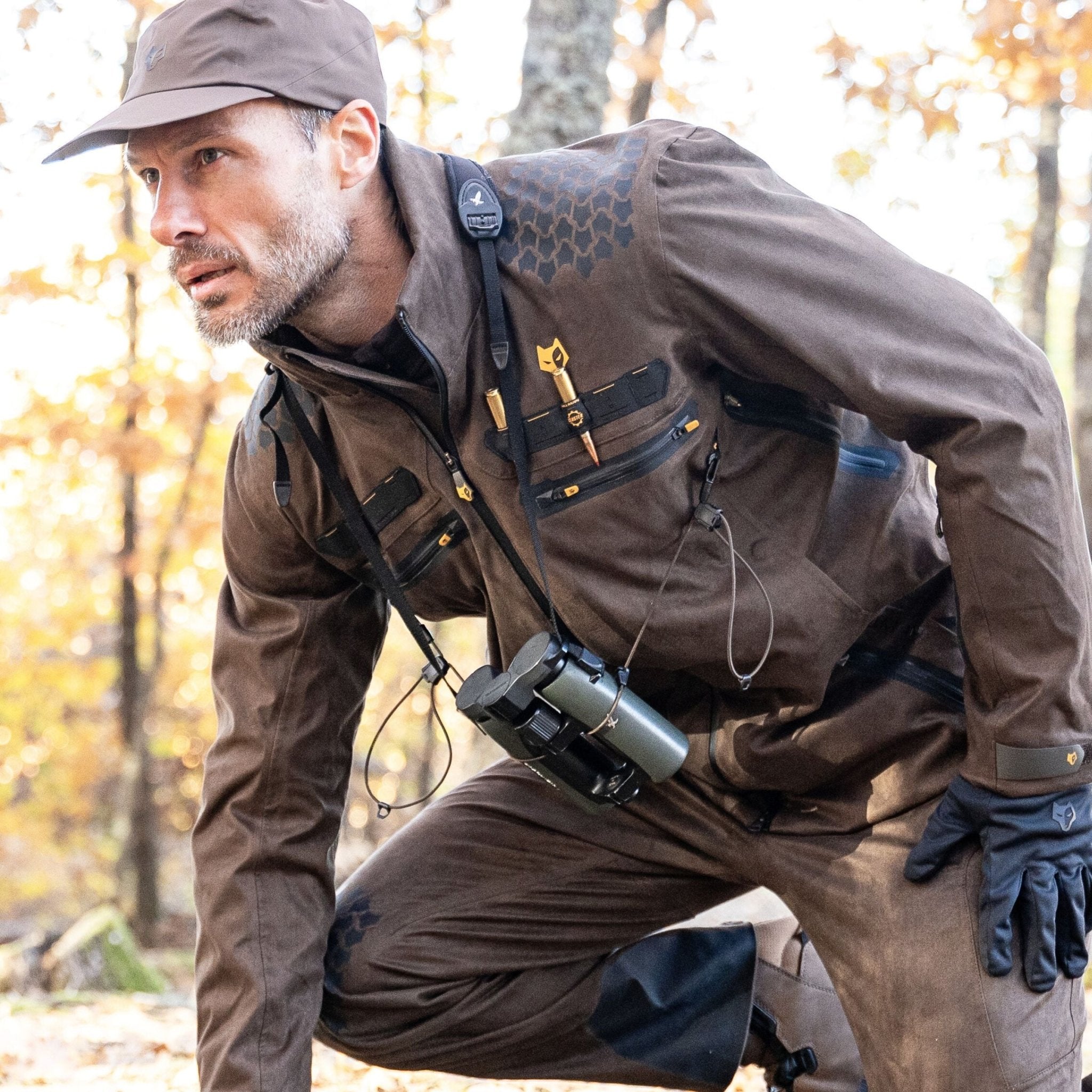
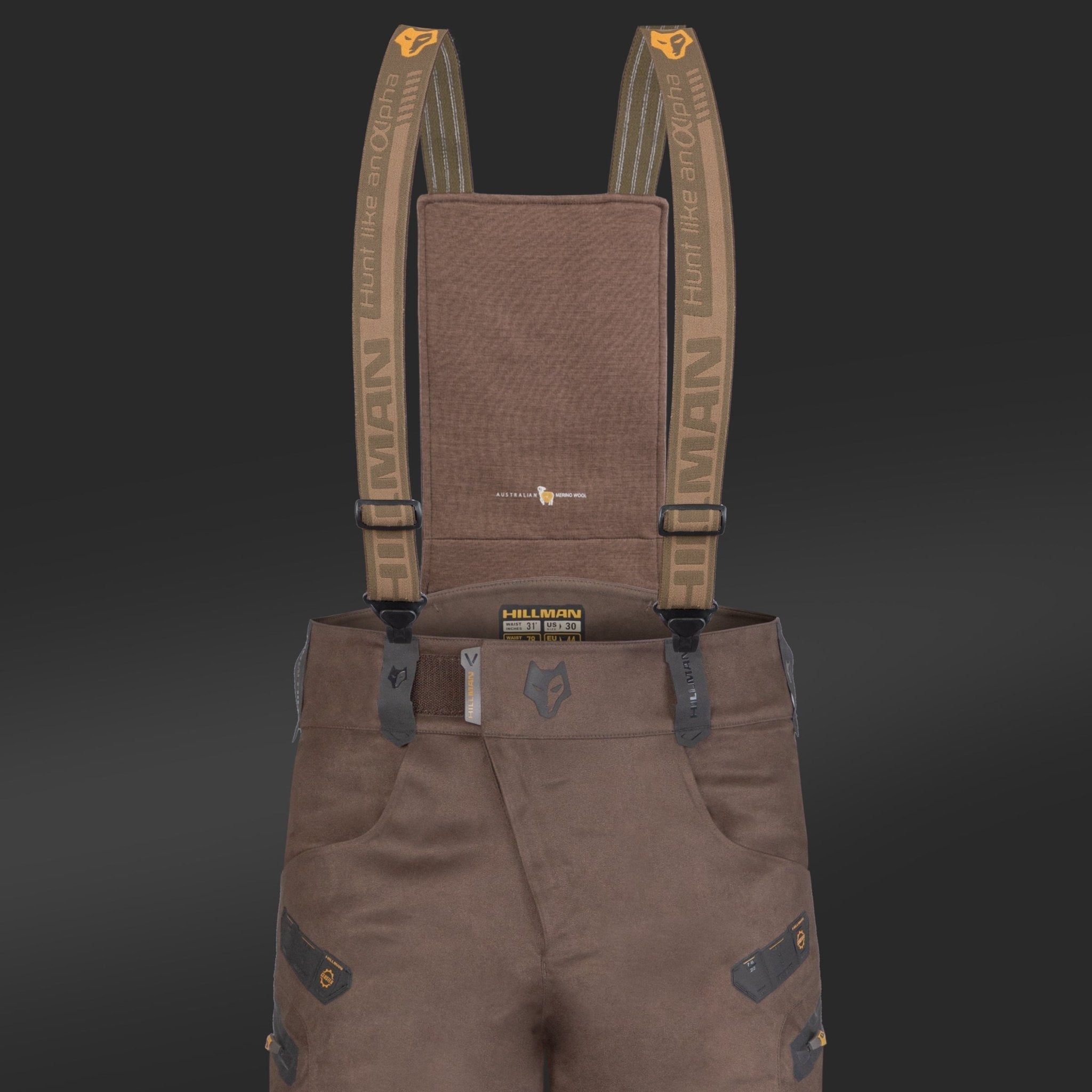
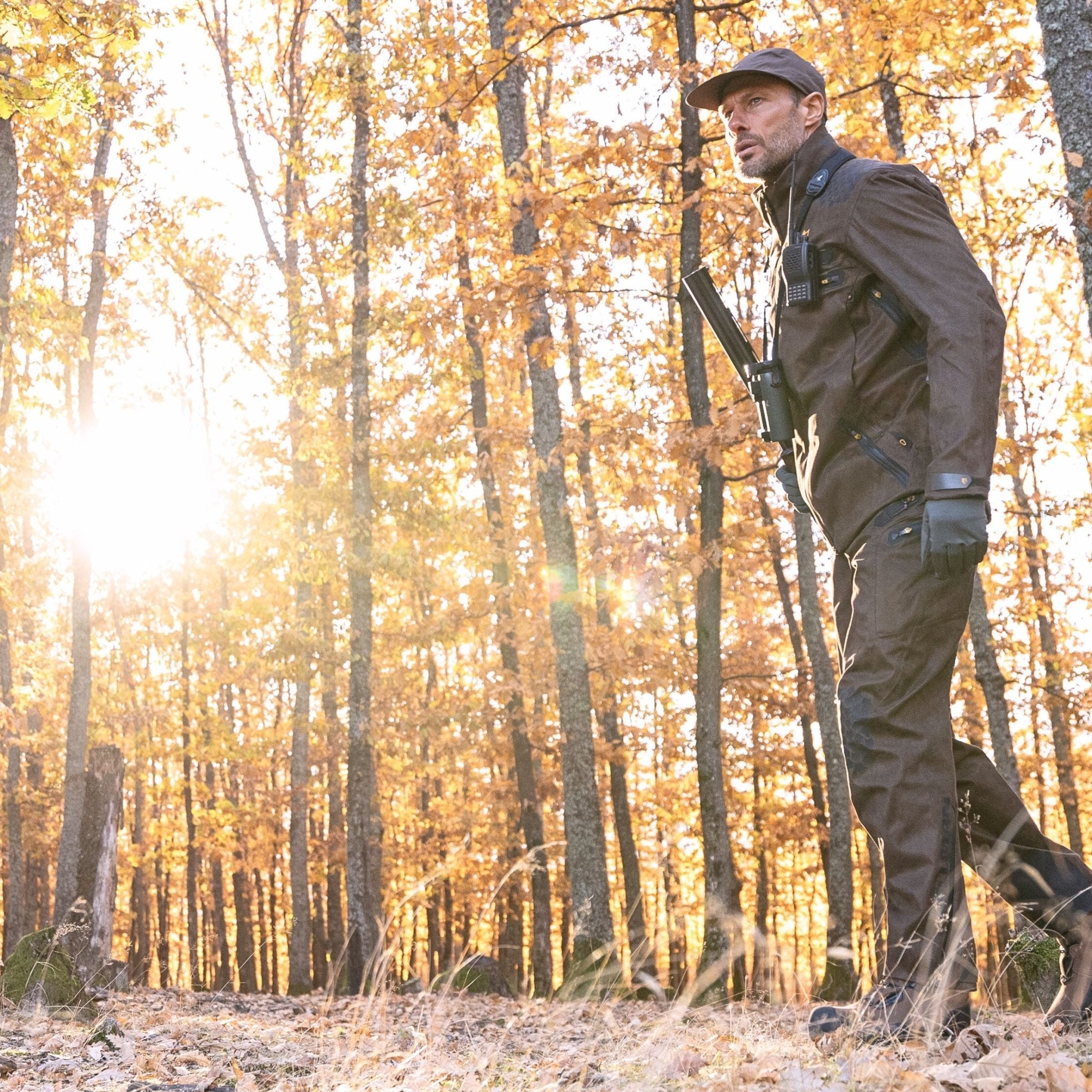
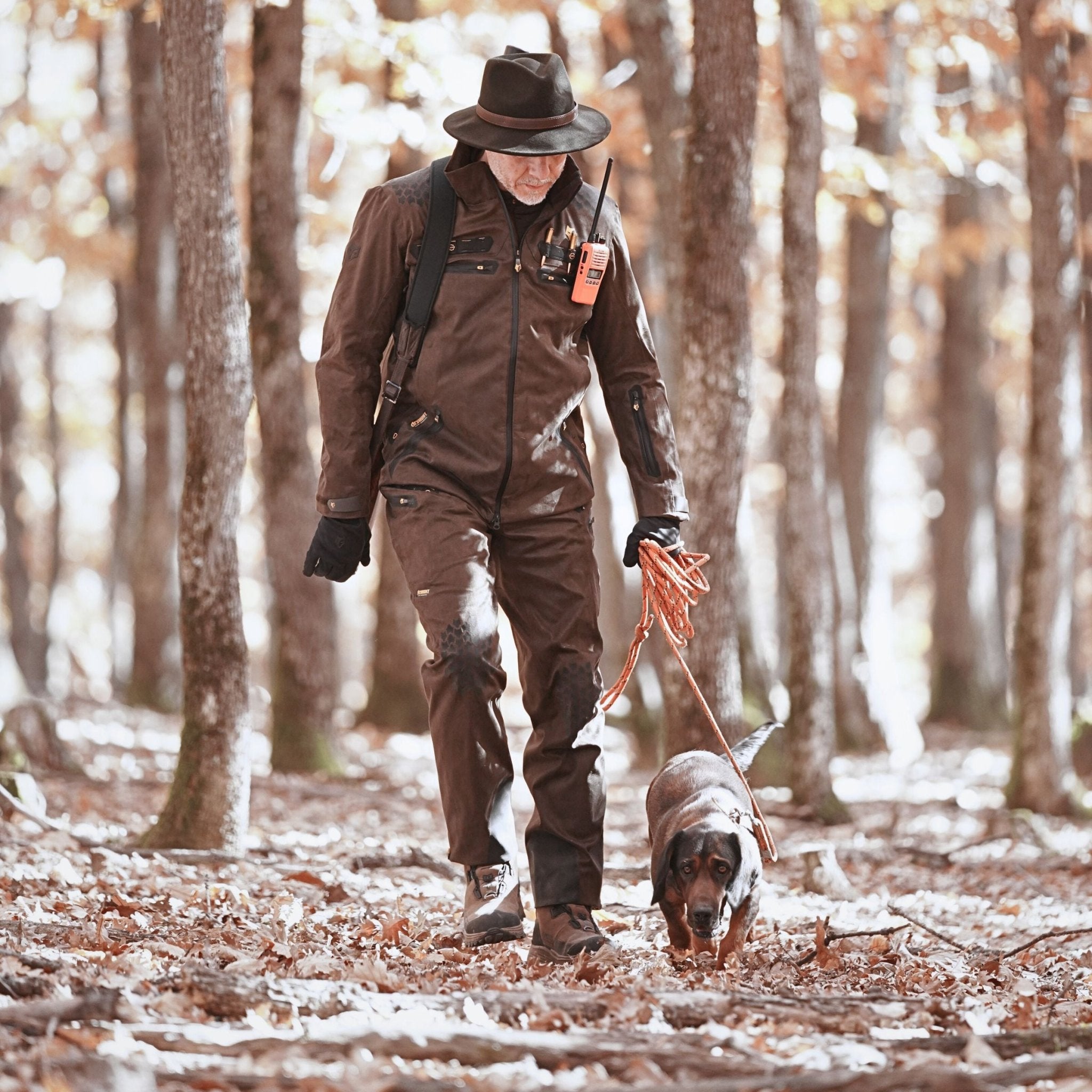

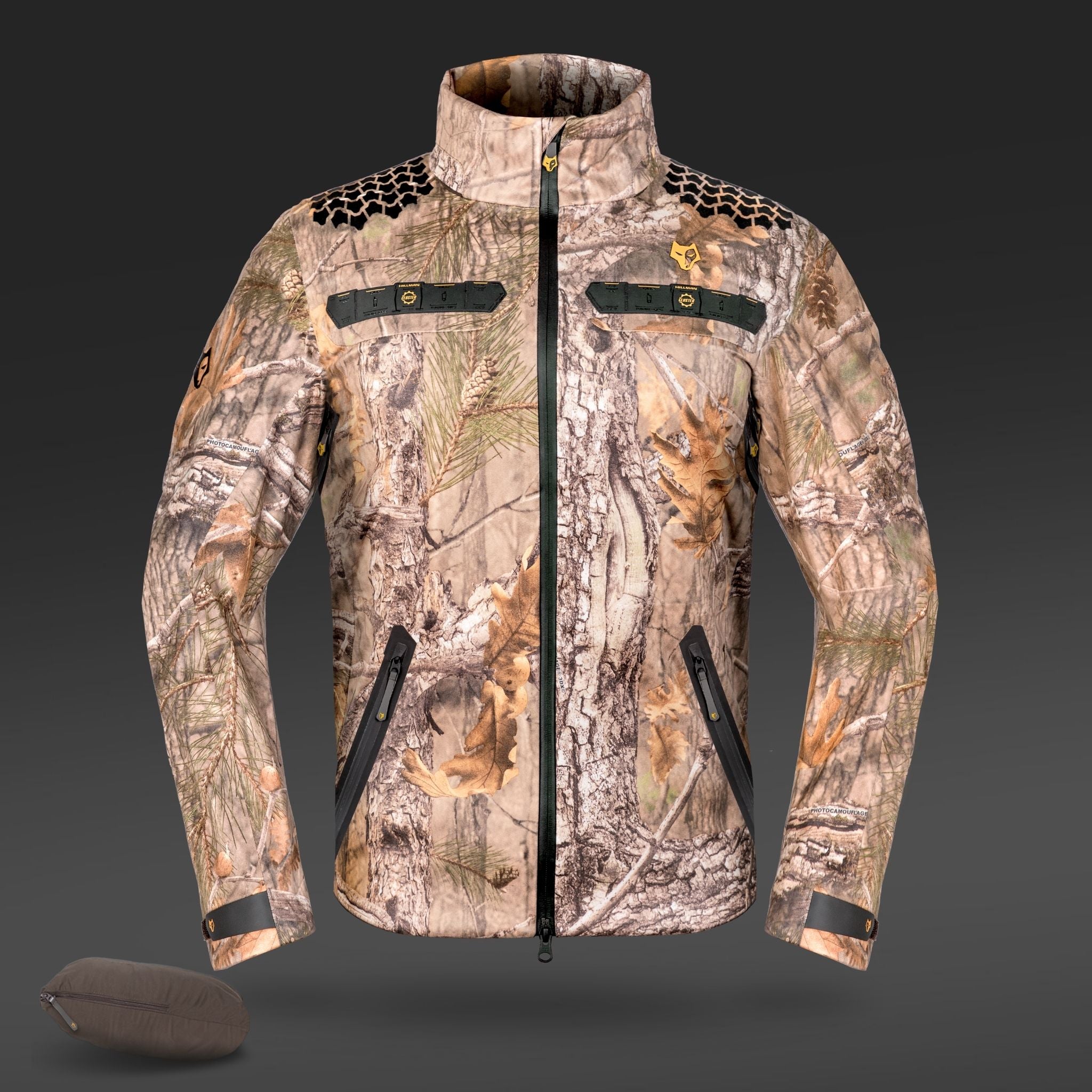
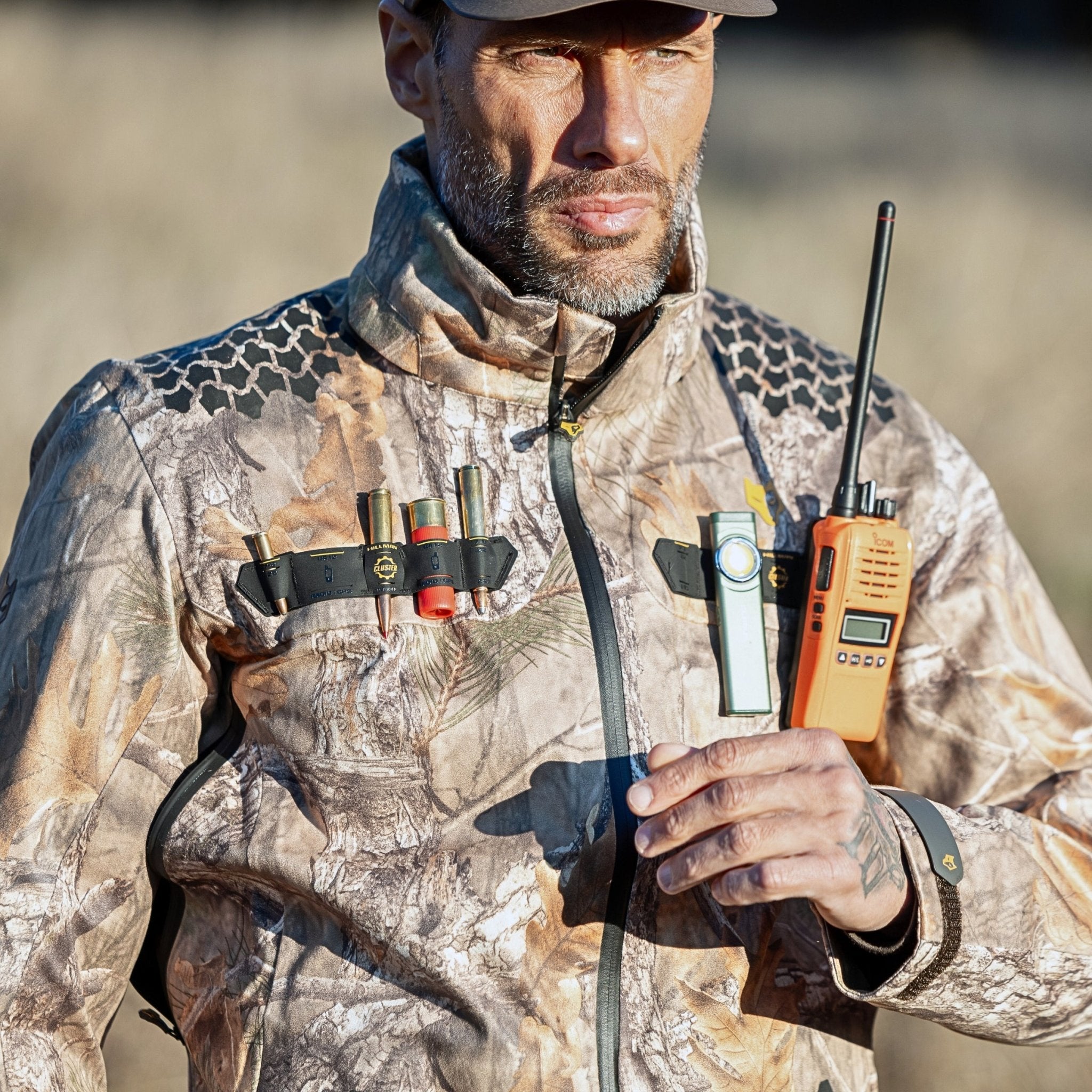
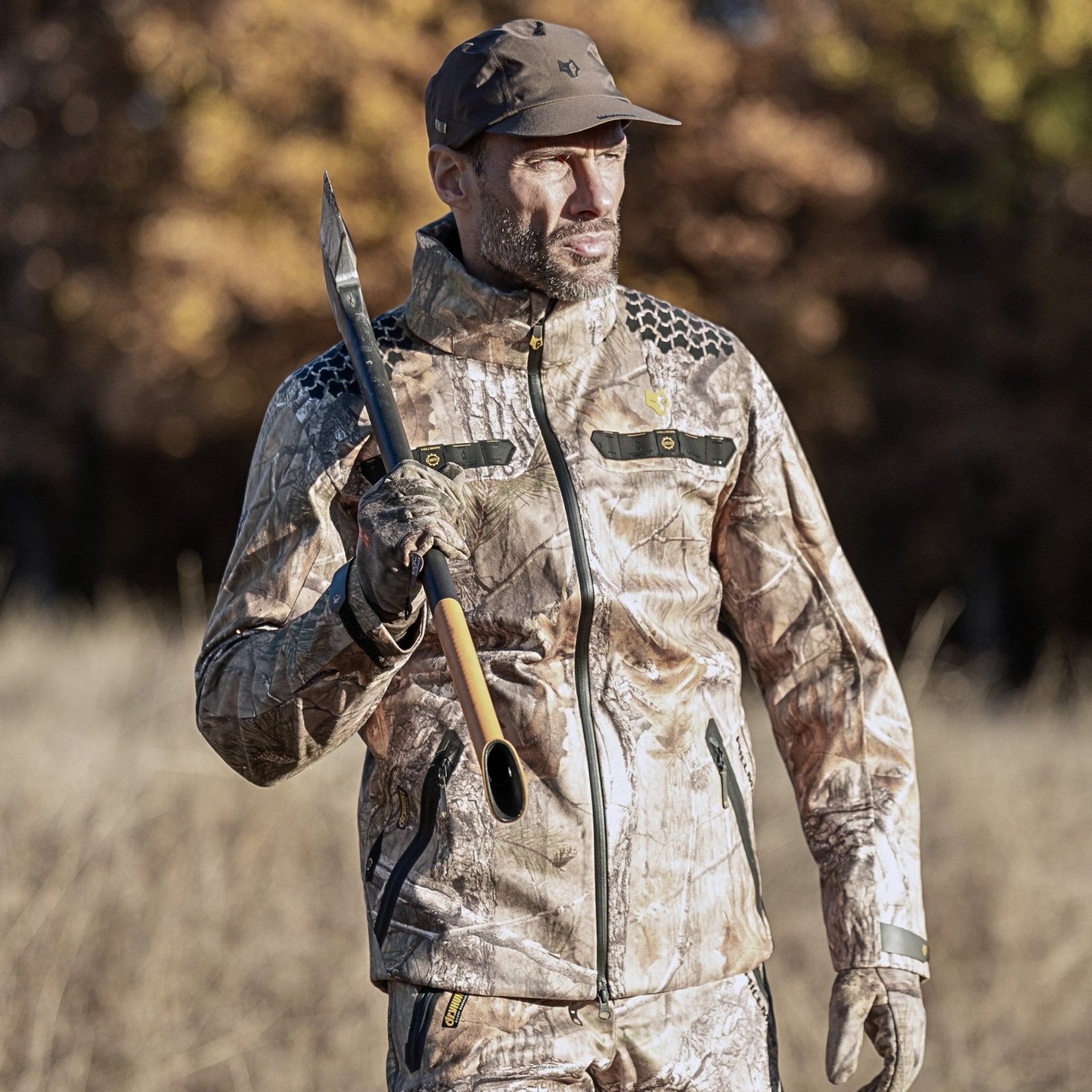
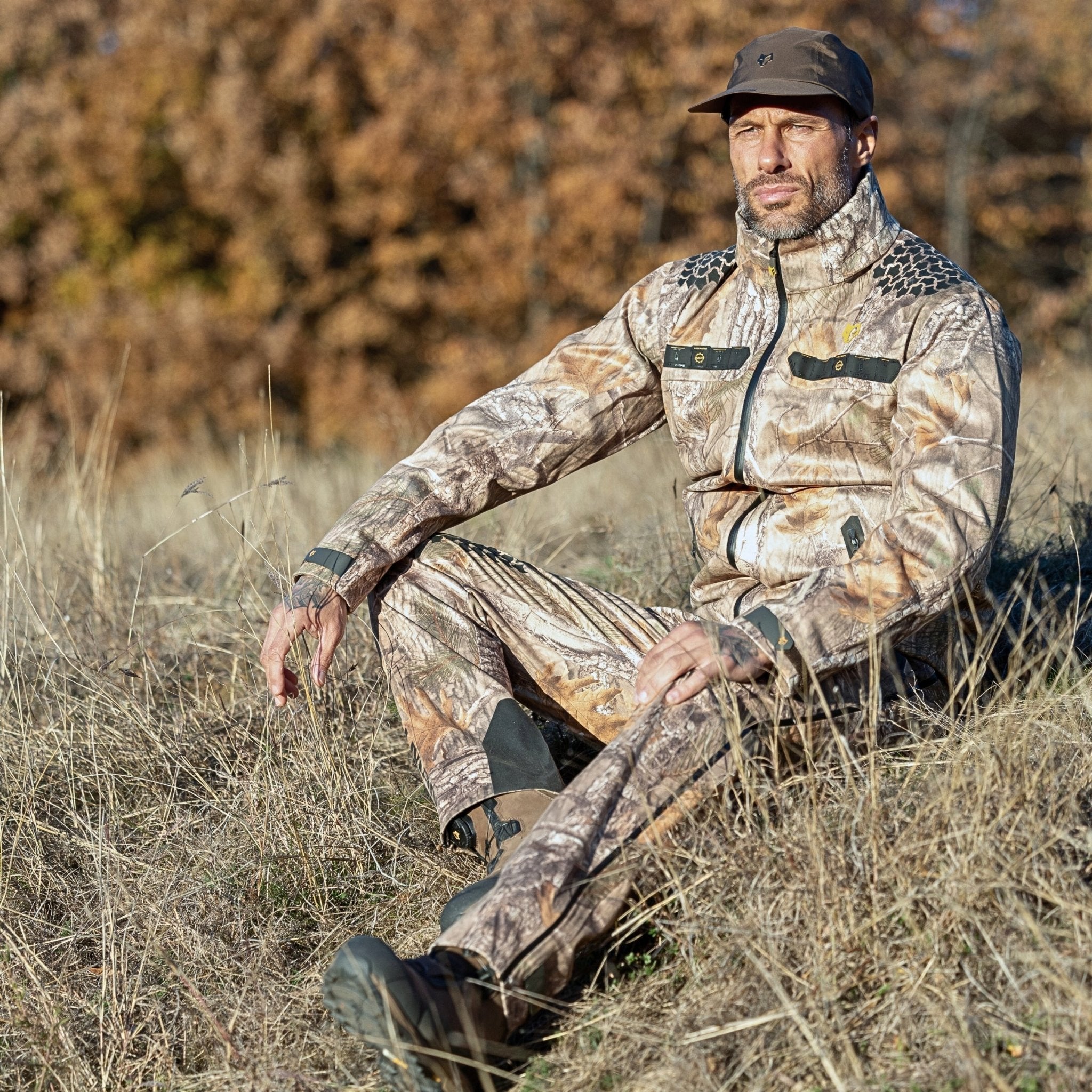
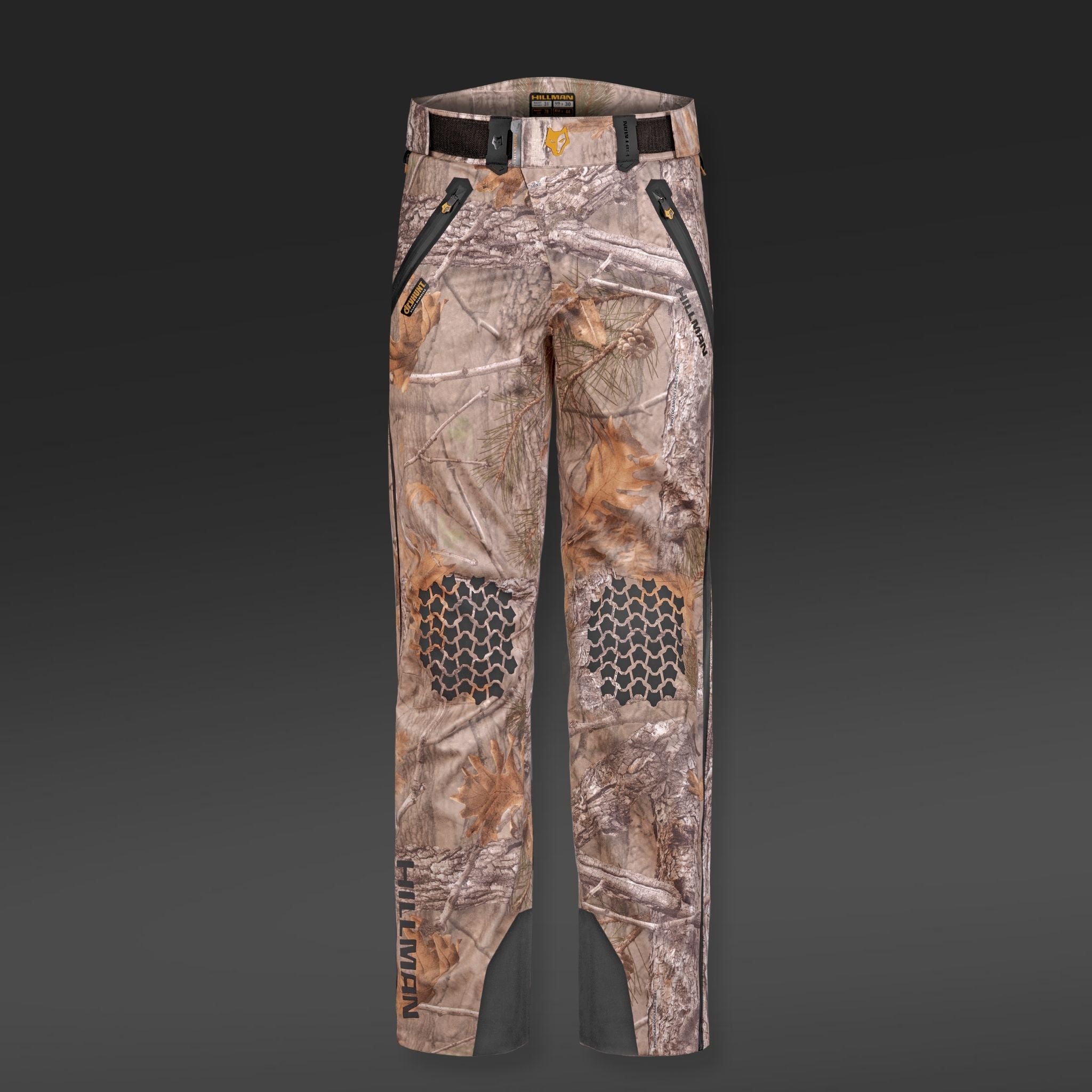
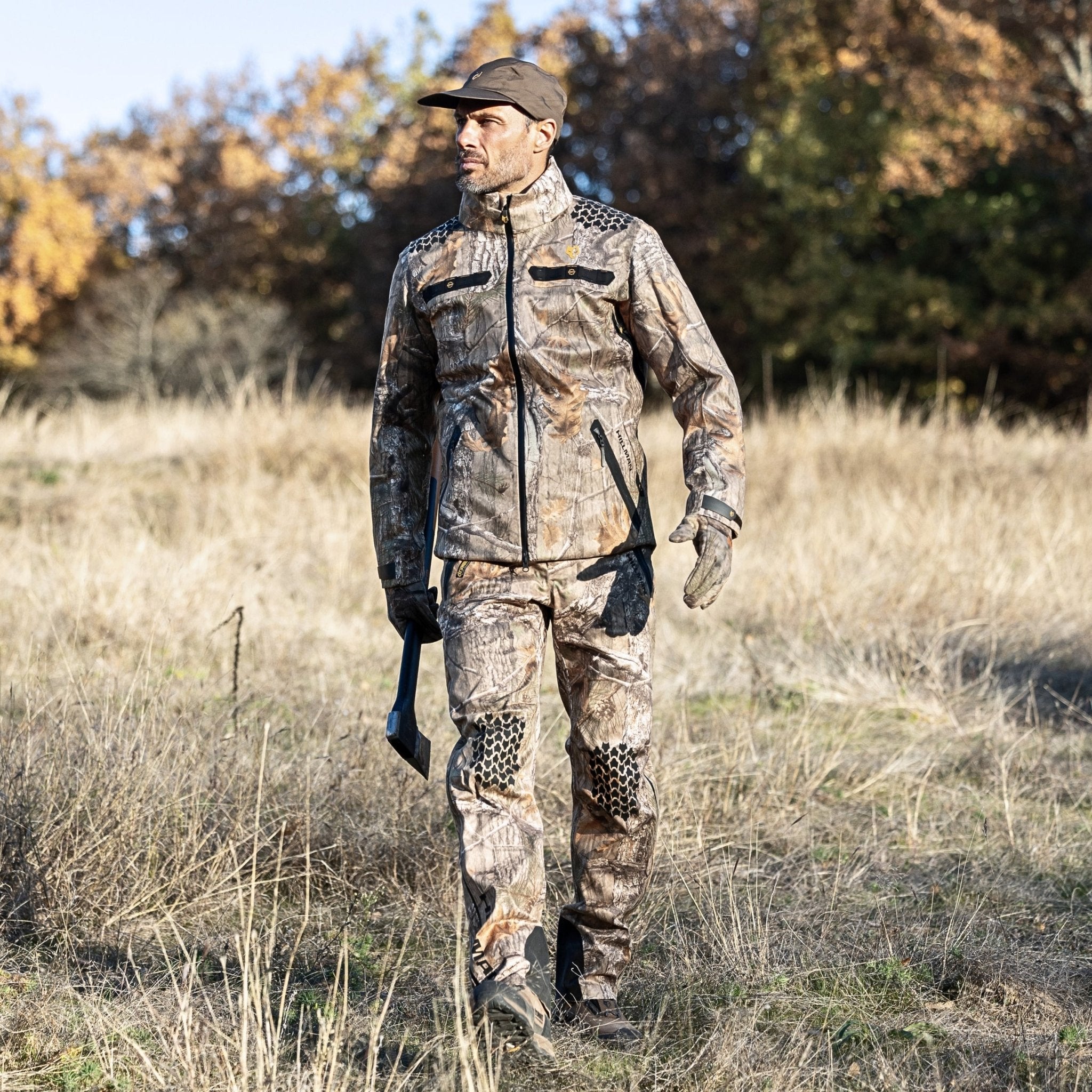
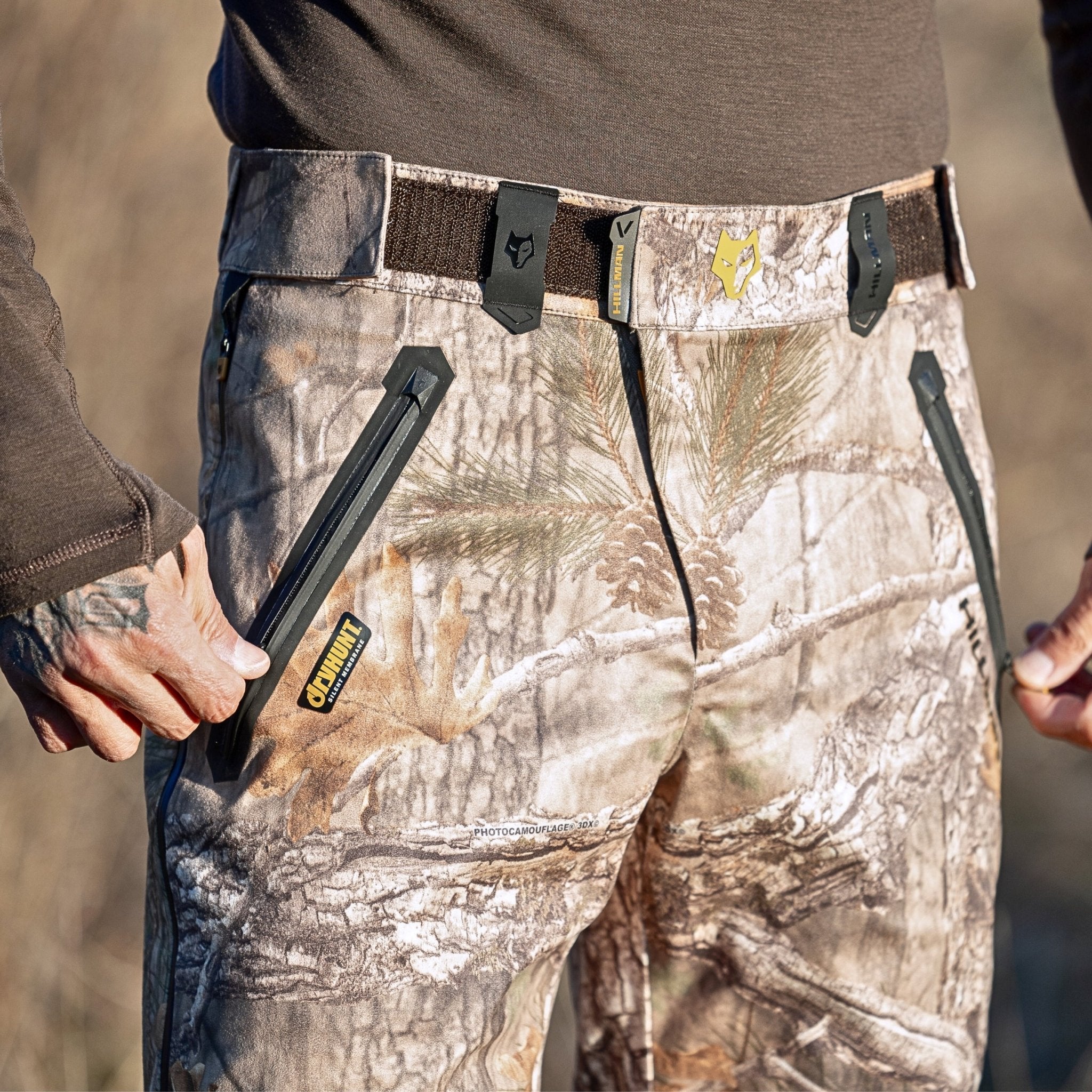
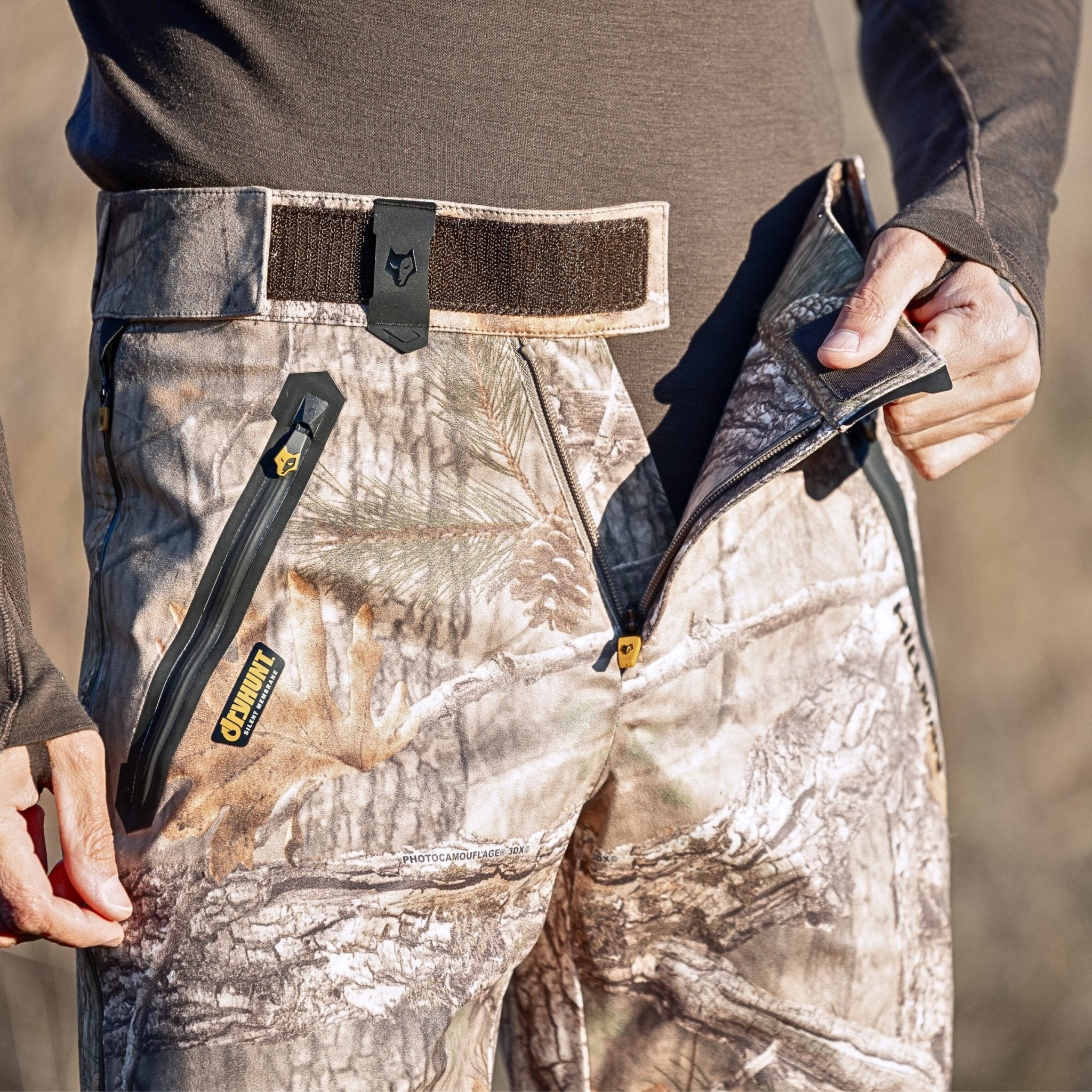
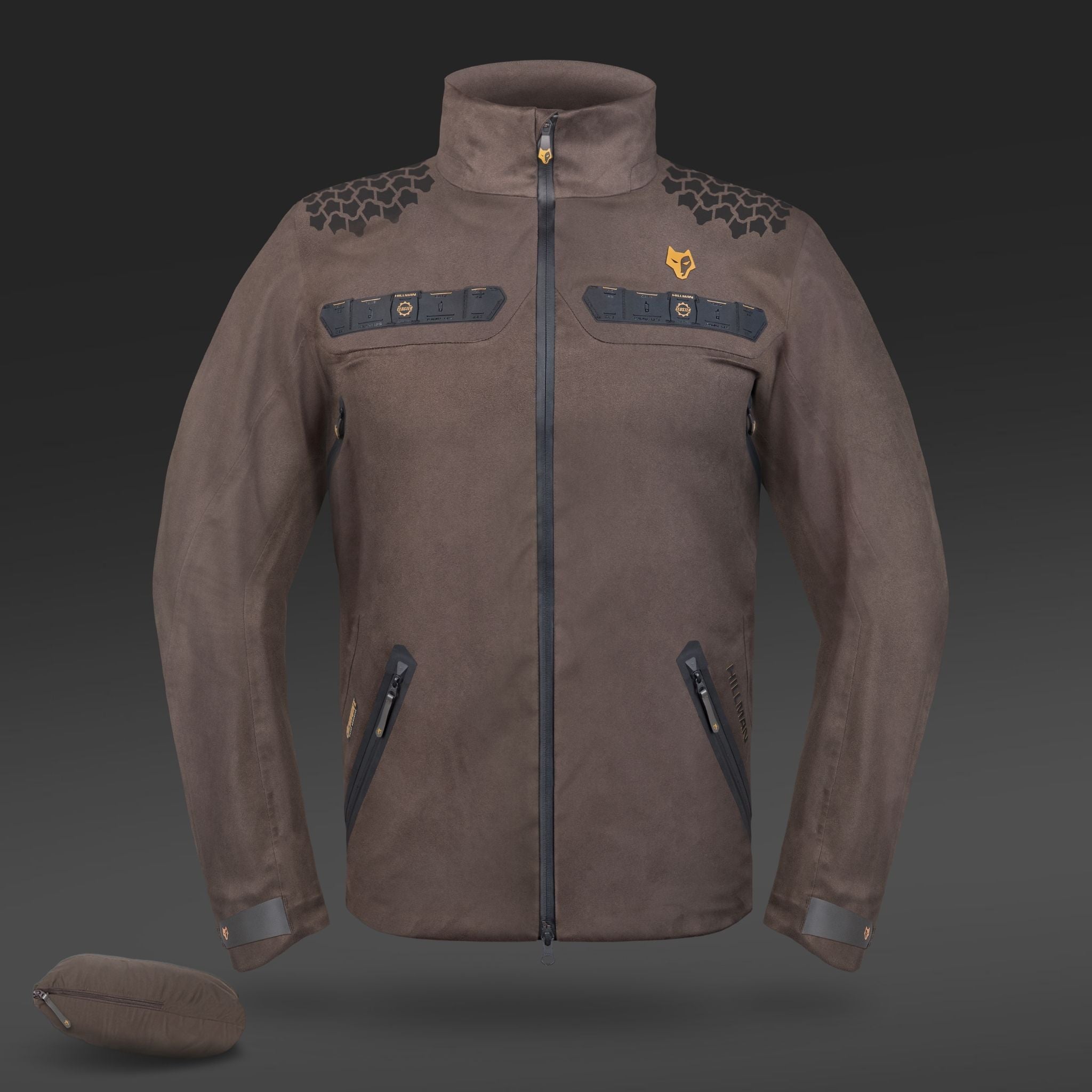
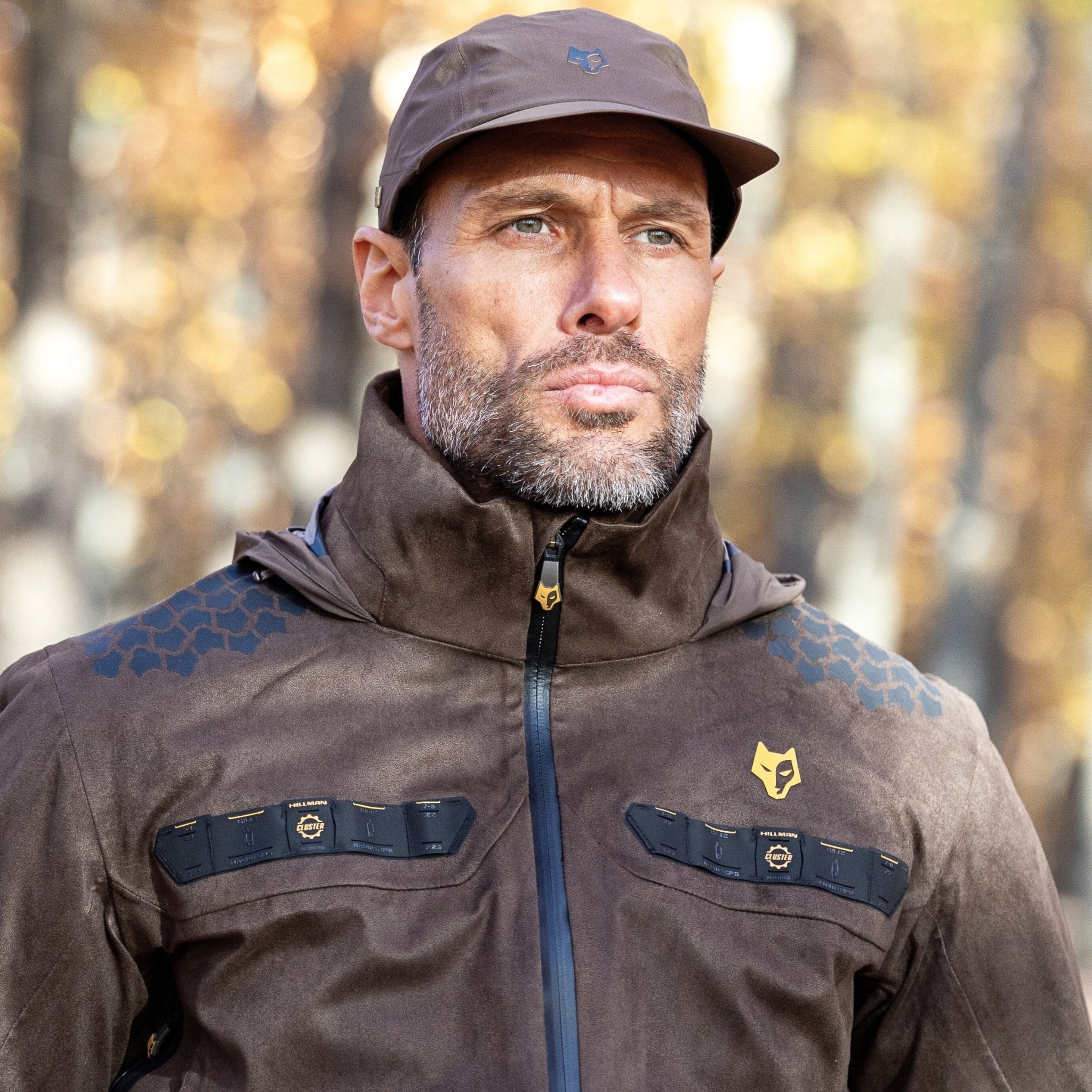
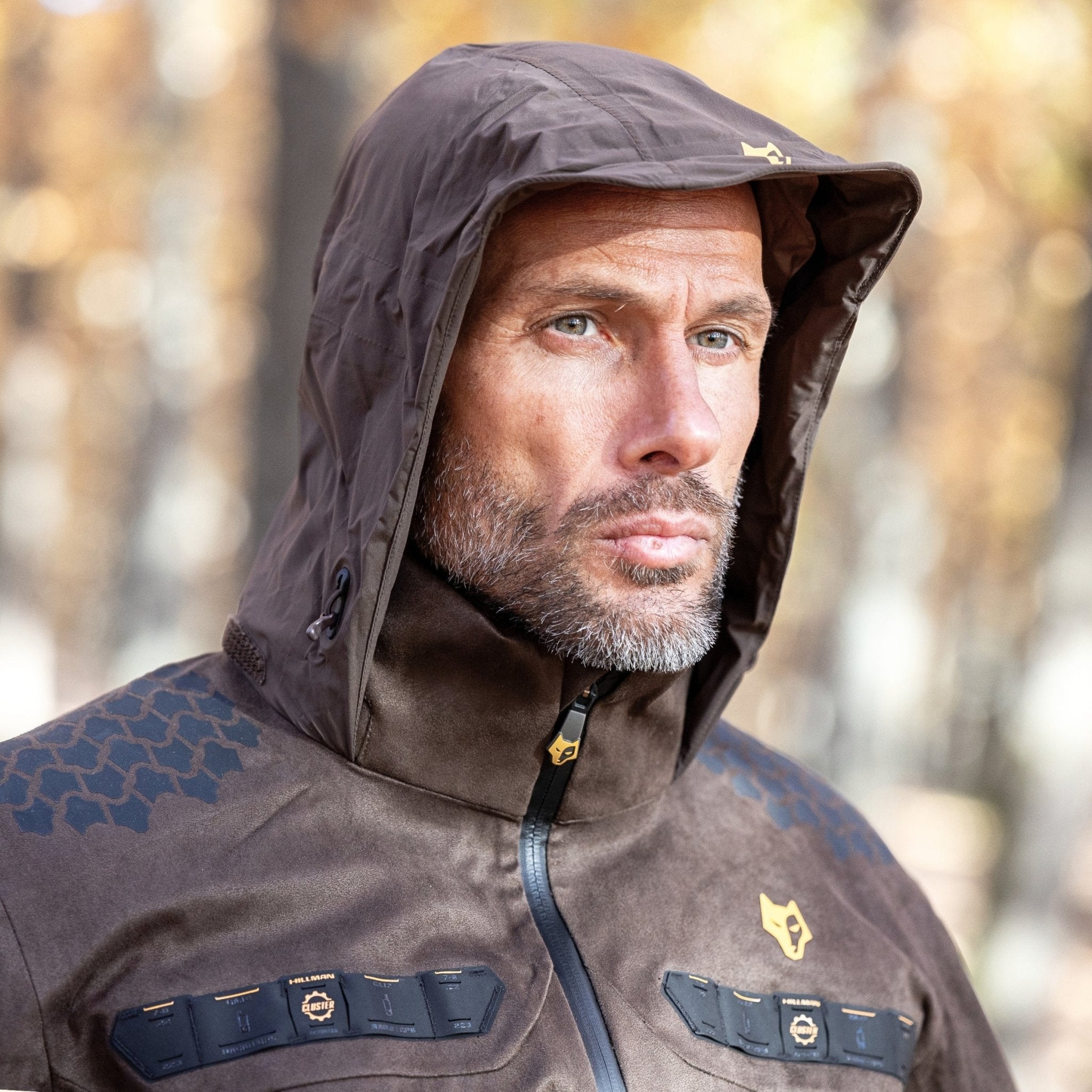
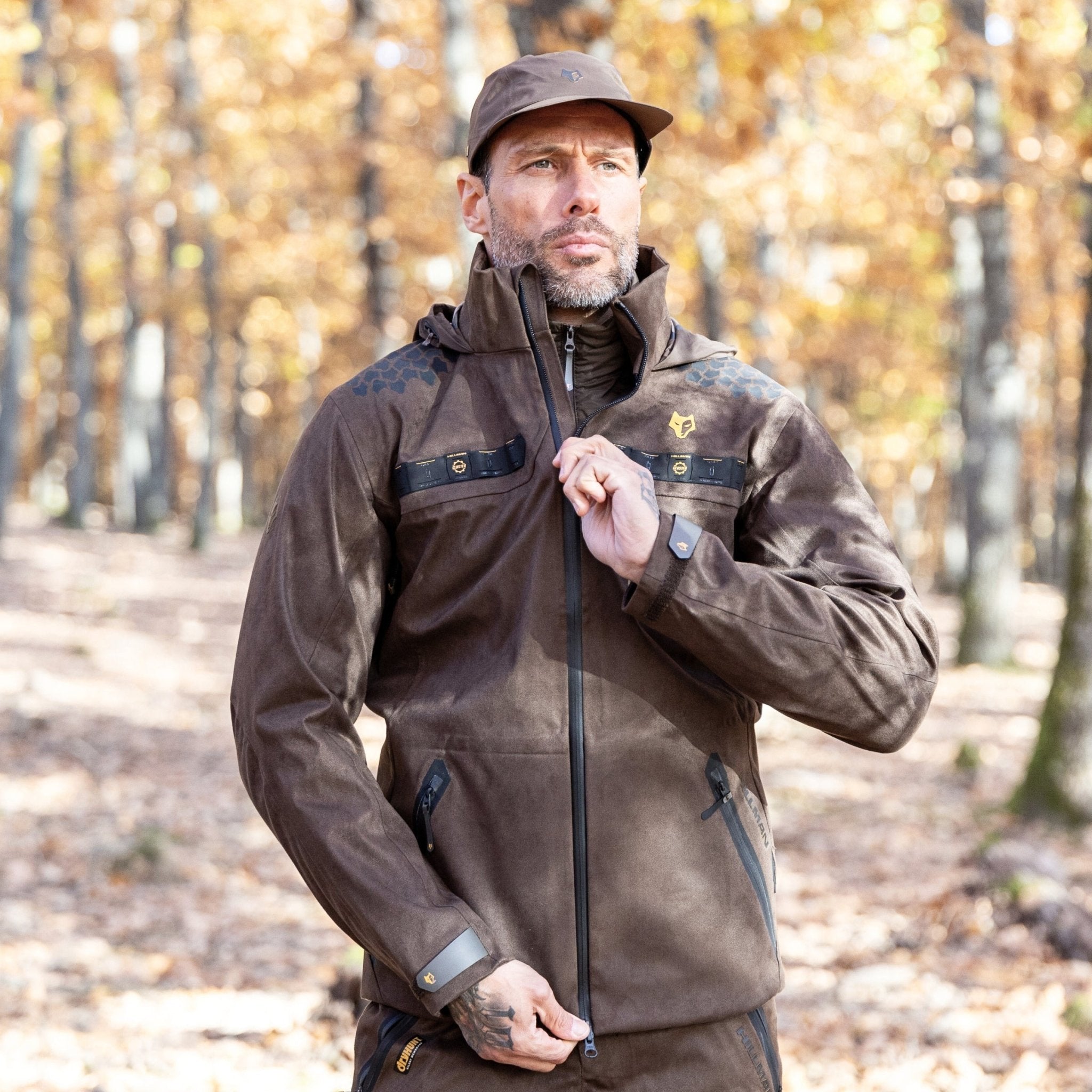
Share:
The Best Insulated Hunting Boots for UK 2025: Top Durability
Guide to Hunting Clothing in the UK: What Every Hunter Needs